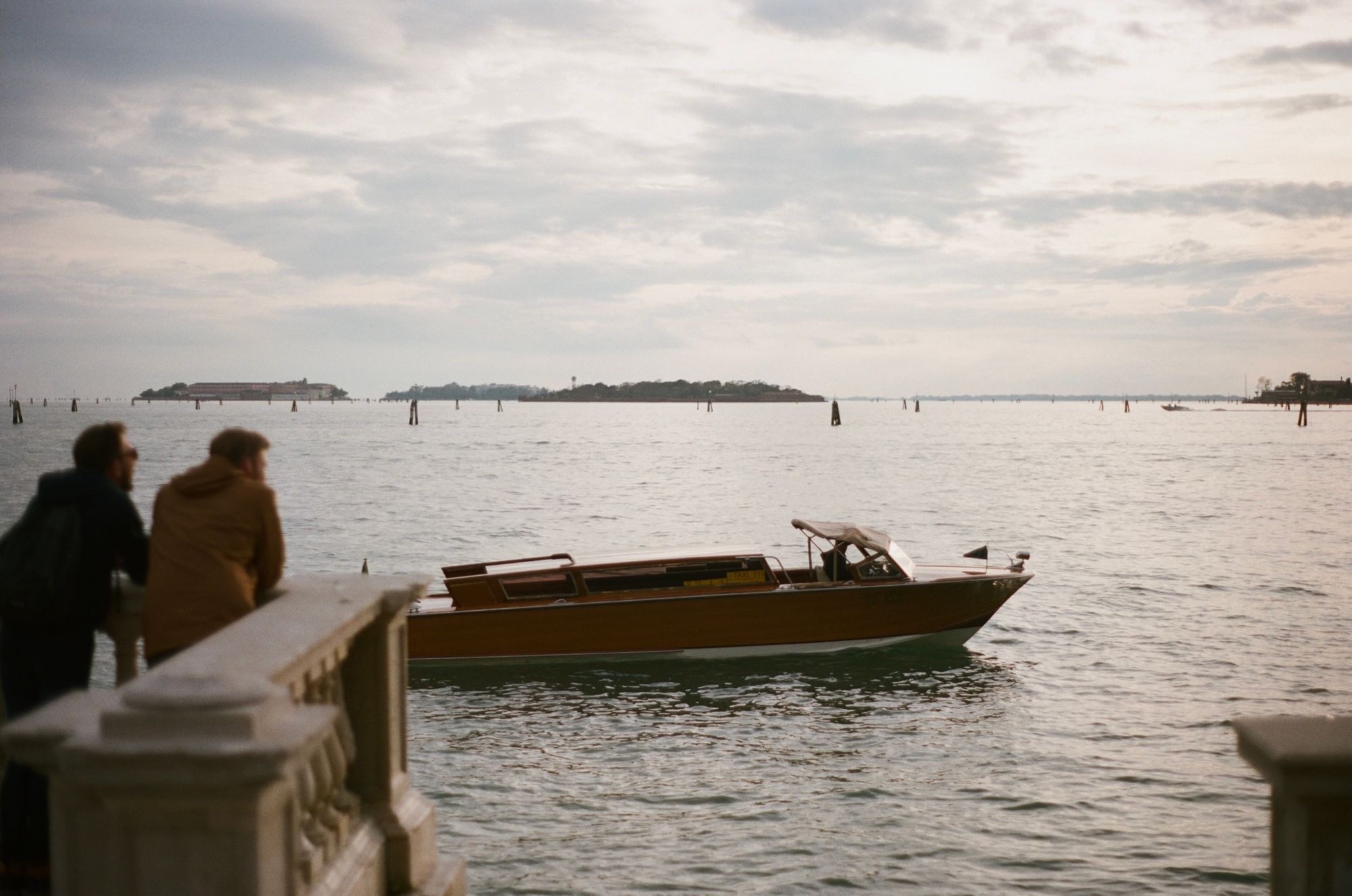The Iron Road to Venice, part 3: Getting there and falling in love
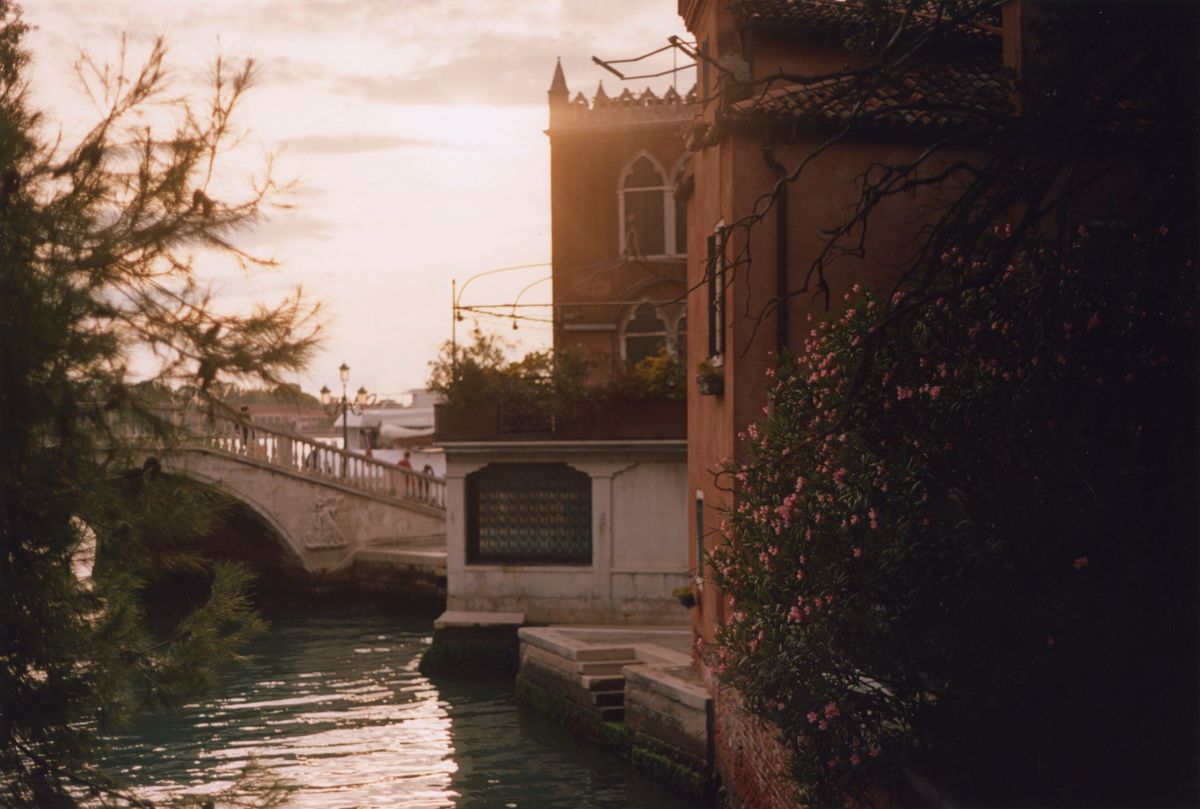
After stops in Paris and Milan we got to Venice on a grey Saturday afternoon, and were there for five full days. I trod blisters into my feet. My venerable camera's shutter fired 2,734 times (I checked) and I went through two rolls of film (plus the roll of Ektar I didn't load properly—travesty.) I drank a probably unhealthy number of espressos. By the time we got off the boat at Marco Polo airport, the world was slowly rocking back and forth.
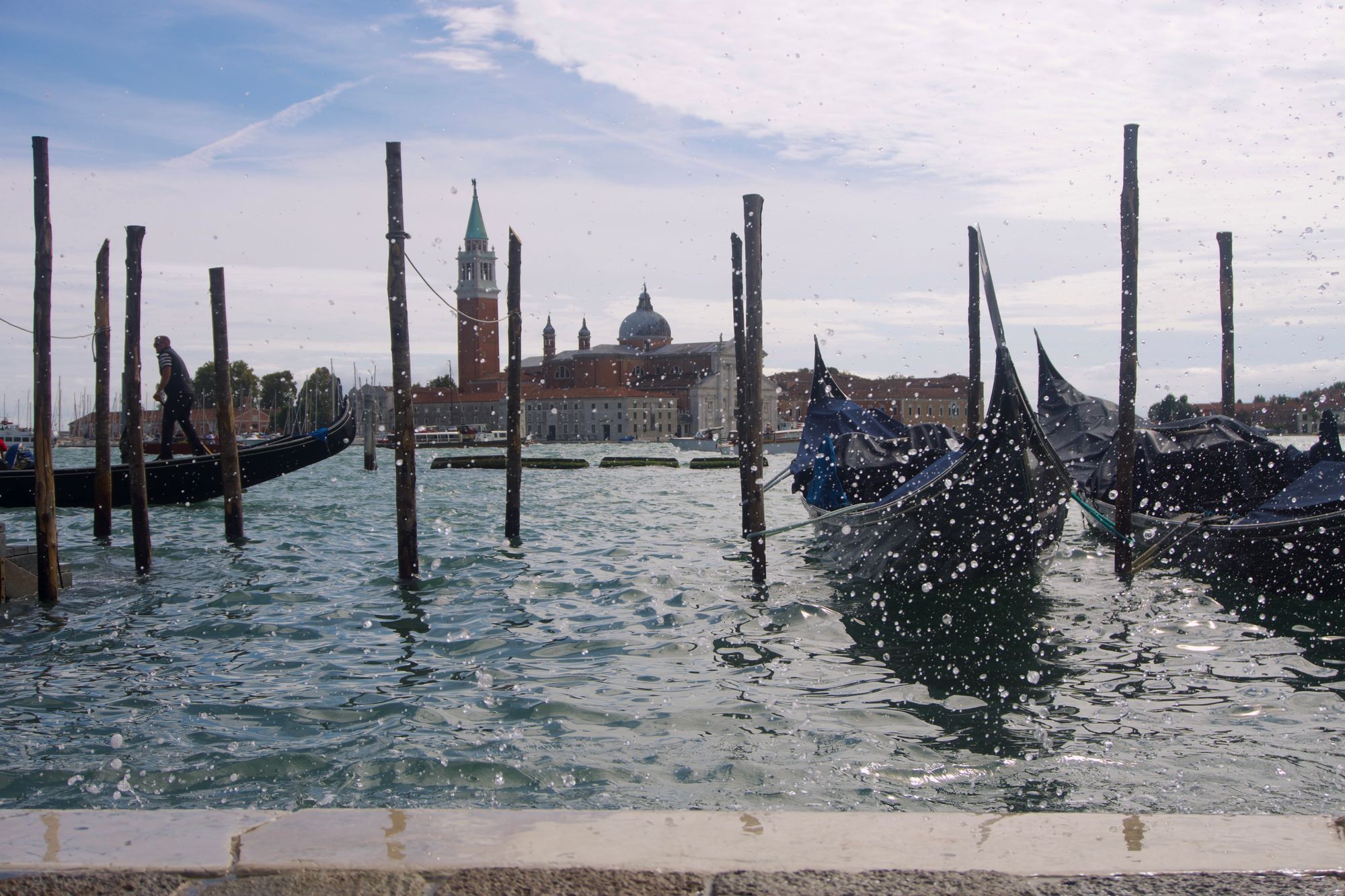
Venice is obviously breathtakingly beautiful. It is like no other place on earth. "Venice is a fish," is the central thesis of Tiziano Scarpa's 'cultural guide' of the same name. Venice the fish did indeed swallow me whole—and made it all the more amazing, to my mind, that it was not quite as touristic as I expected. Sure, there are constant throngs of people (just like we were) sightseeing. Some were no doubt on a trip of a lifetime, maybe their first big holiday of their lives. (Naturally begetting a glut of the usual tourist hotspot scams—'plant a flower on someone and demand payment,' 'hawk umbrellas to people caught short in the rain,' etc.—although oddly that seemed to be a worse problem in Milan.)
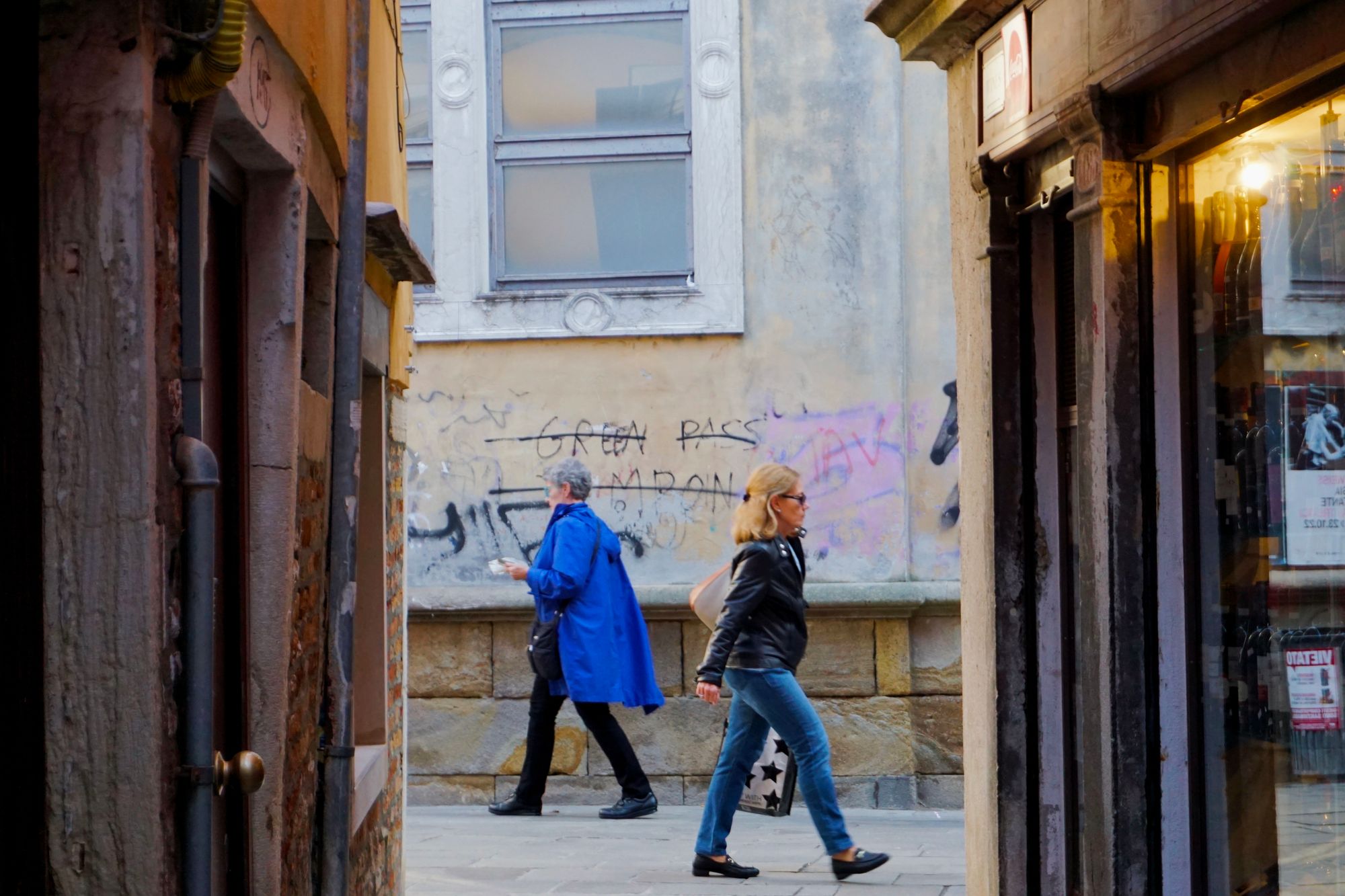
But this is no glorified, tourist-ified, commercialised theme park—not yet, at least. Venice is a functioning, living, breathing city, even as it is smothered daily by human activity (of which we were, admittedly, a part.) The signs might not be immediately obvious, but they are there—shopkeepers taking rubbish out in the evening, rows of kick scooters lined up next to schools and nurseries, weary locals carrying home pizzas down narrow alleyways. It is utterly unique. A fish, if you will (after Scarpa) that has adapted over time to be fit for human habitation.
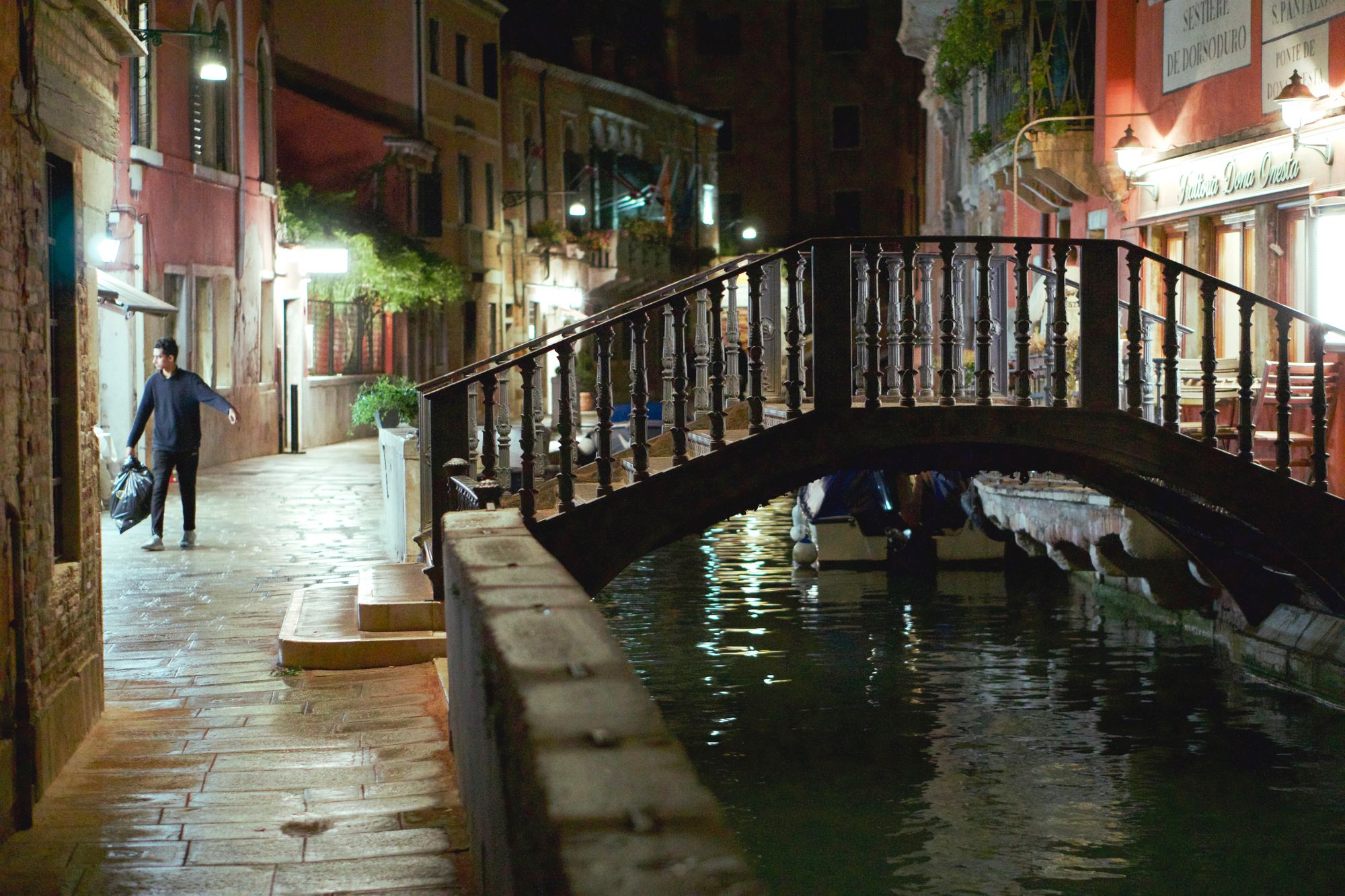
The place is a tapestry. With this, a living city, so vulnerable to rising sea levels and sinking piles and storms and floods and nature—Venice's continued survival seems like a miracle, or the fruits of engineering marvels, or the outputs of many generations' passion project. The place is around a millennium and a half old. True, a youngster compared to Tyre or Luxor or Athens, or even to London or Paris. But it's still old enough to have seen war, conquest, schisms of the faith, slavery, genocide, the world around it being turned upside down and inside out. It has been both conquerer and conquered. Despite everything, people still live here. Venice, the city, is a thousand-yard stare and a weary smile in urban form.
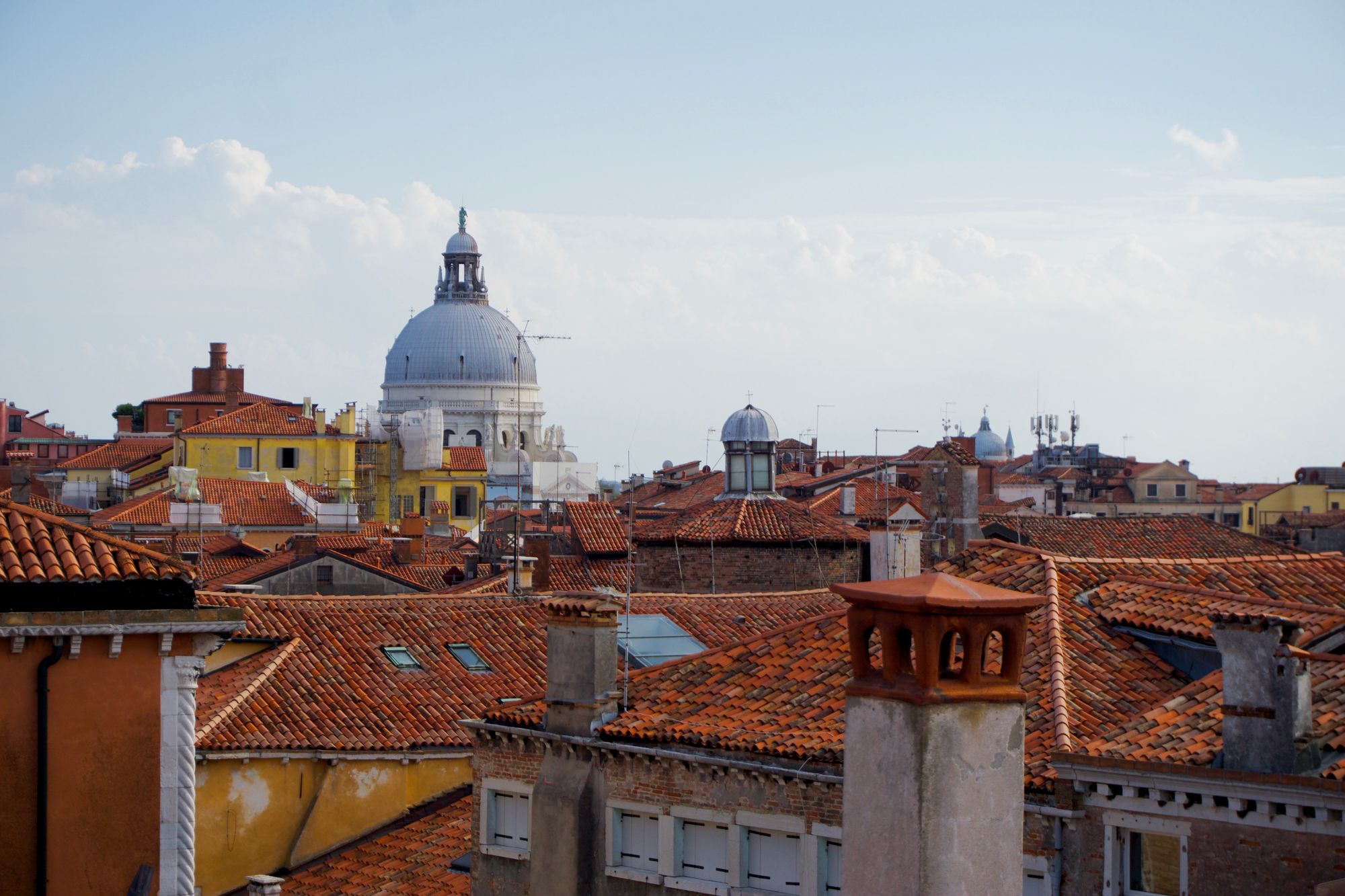
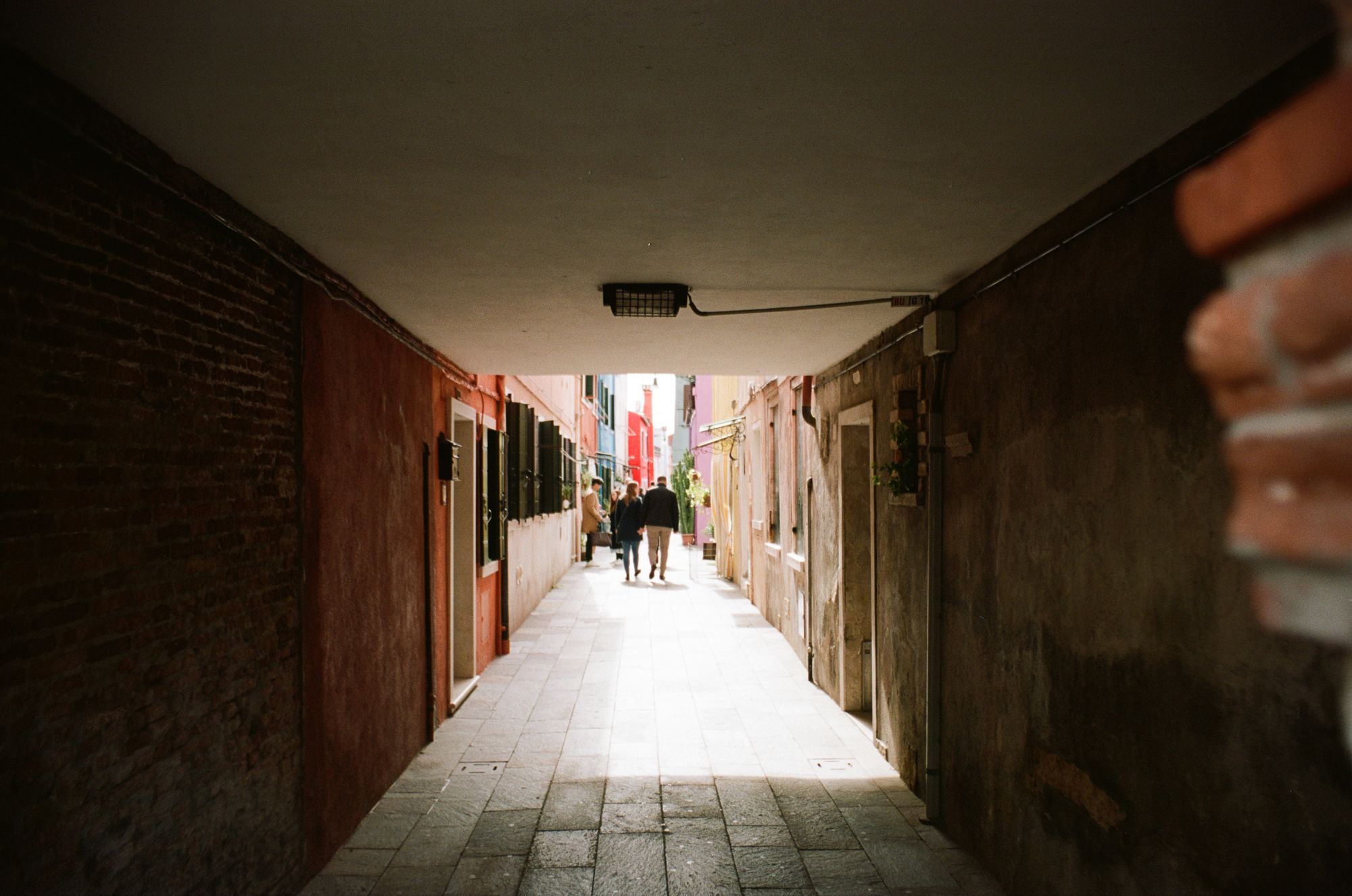
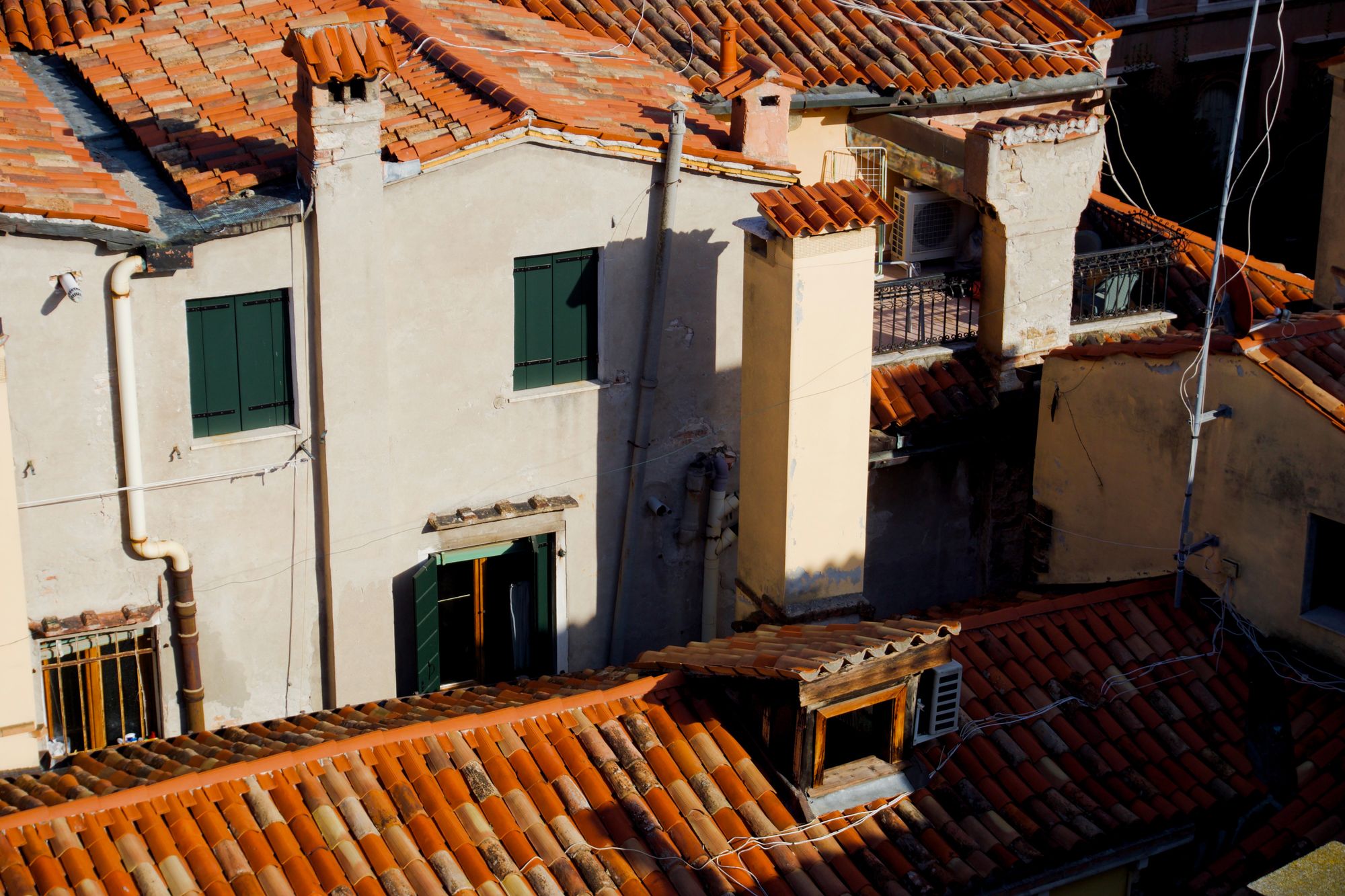
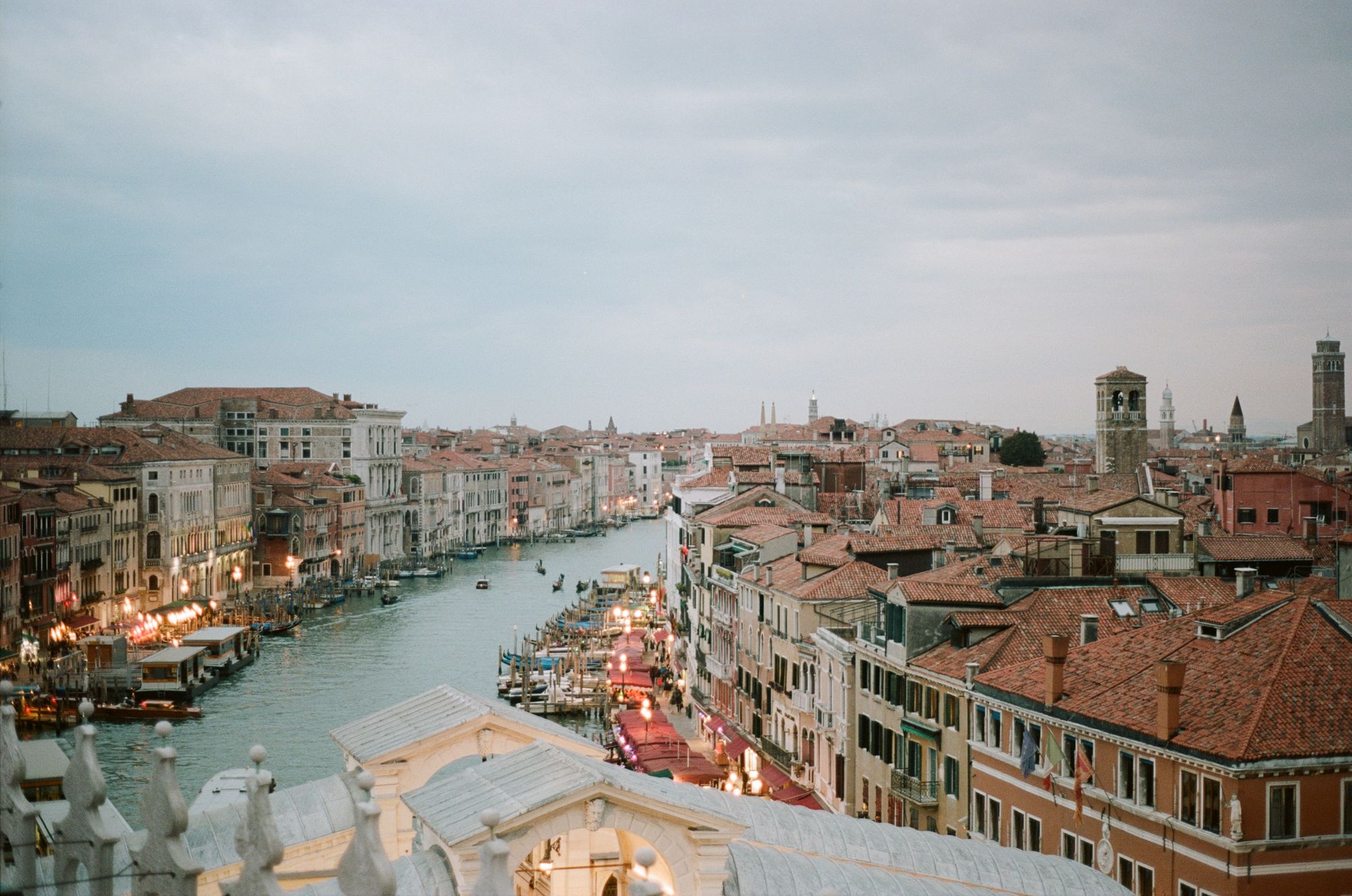
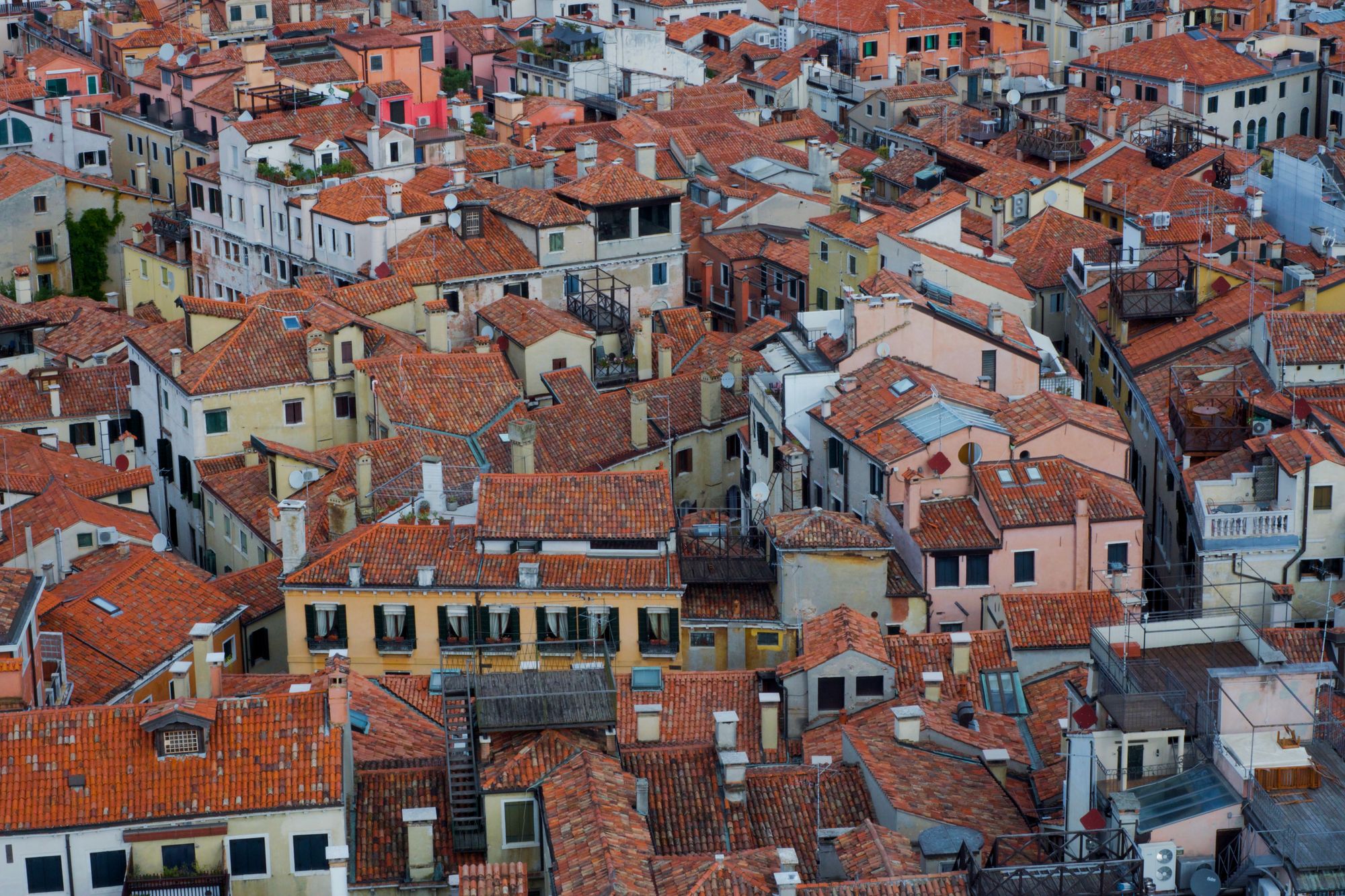
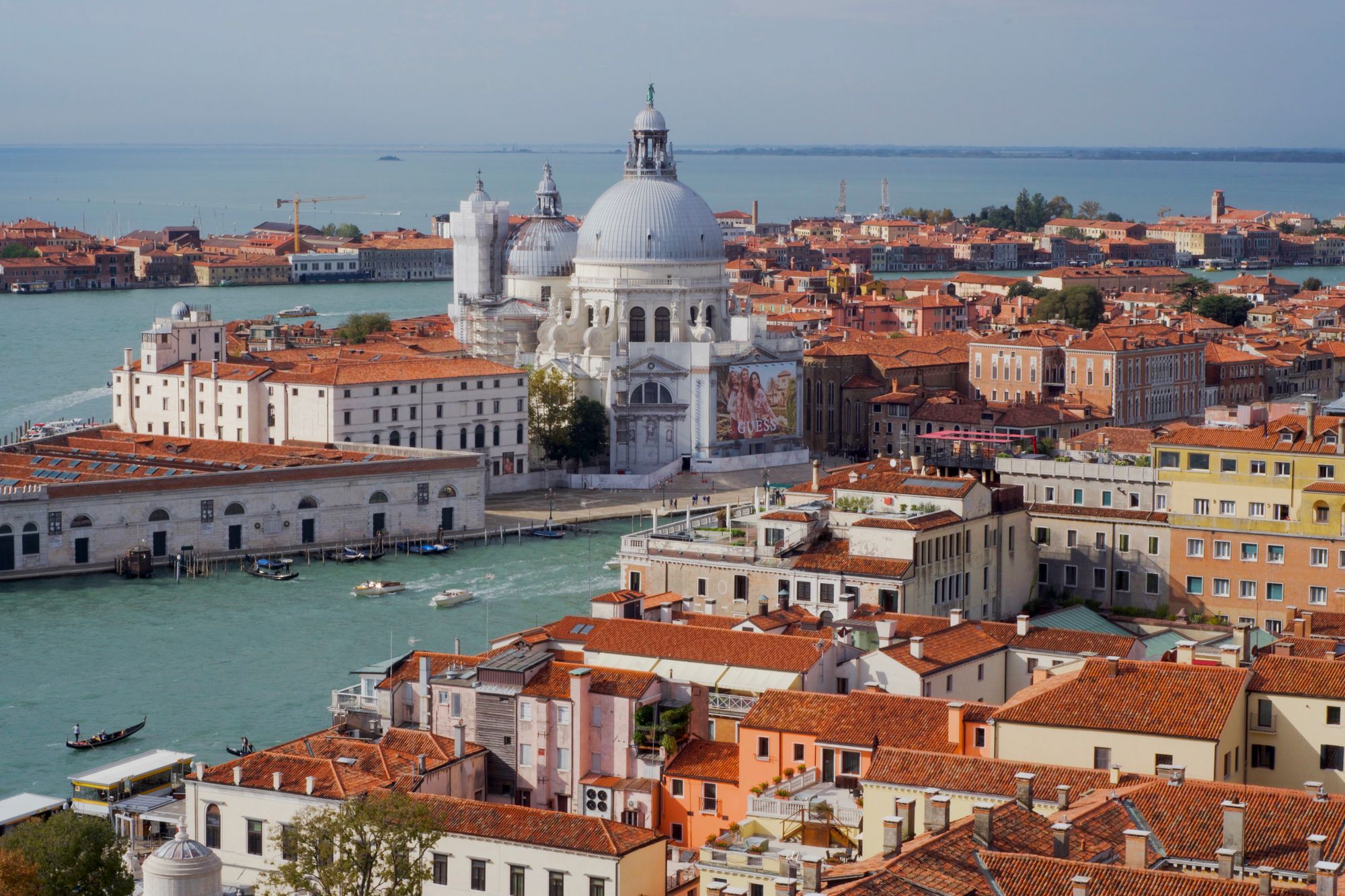
There truly is nothing like this place anywhere else. It's untouched by urban sprawl and motorisation (for obvious reasons.) Unlike cities around the world, they haven't solved the space problem by building upwards (because they can't.) Venice is dense, but it is like sandstone, layer upon gentle layer. Not quite organic, not quite unplanned. Haphazard? Not exactly.
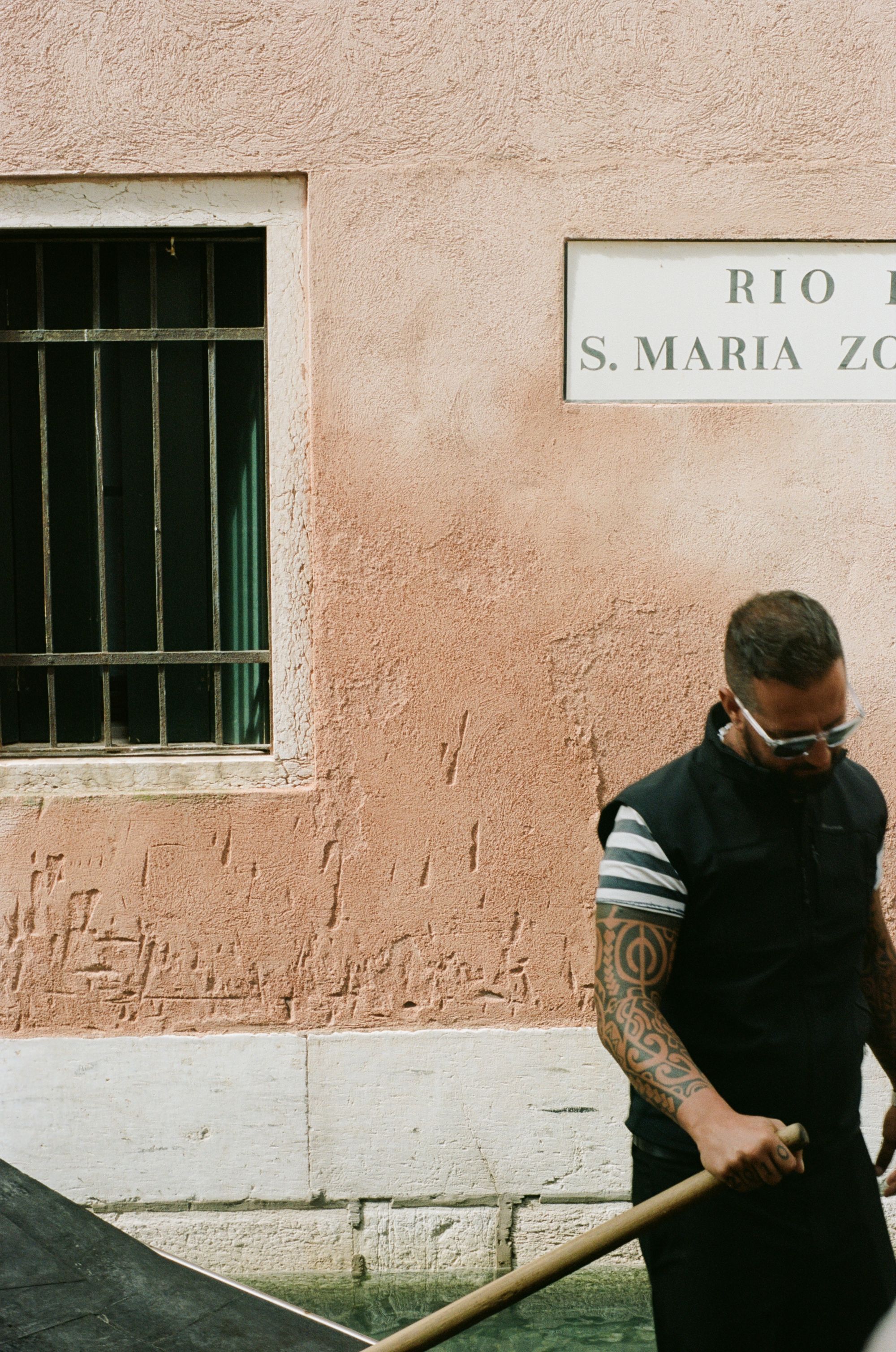
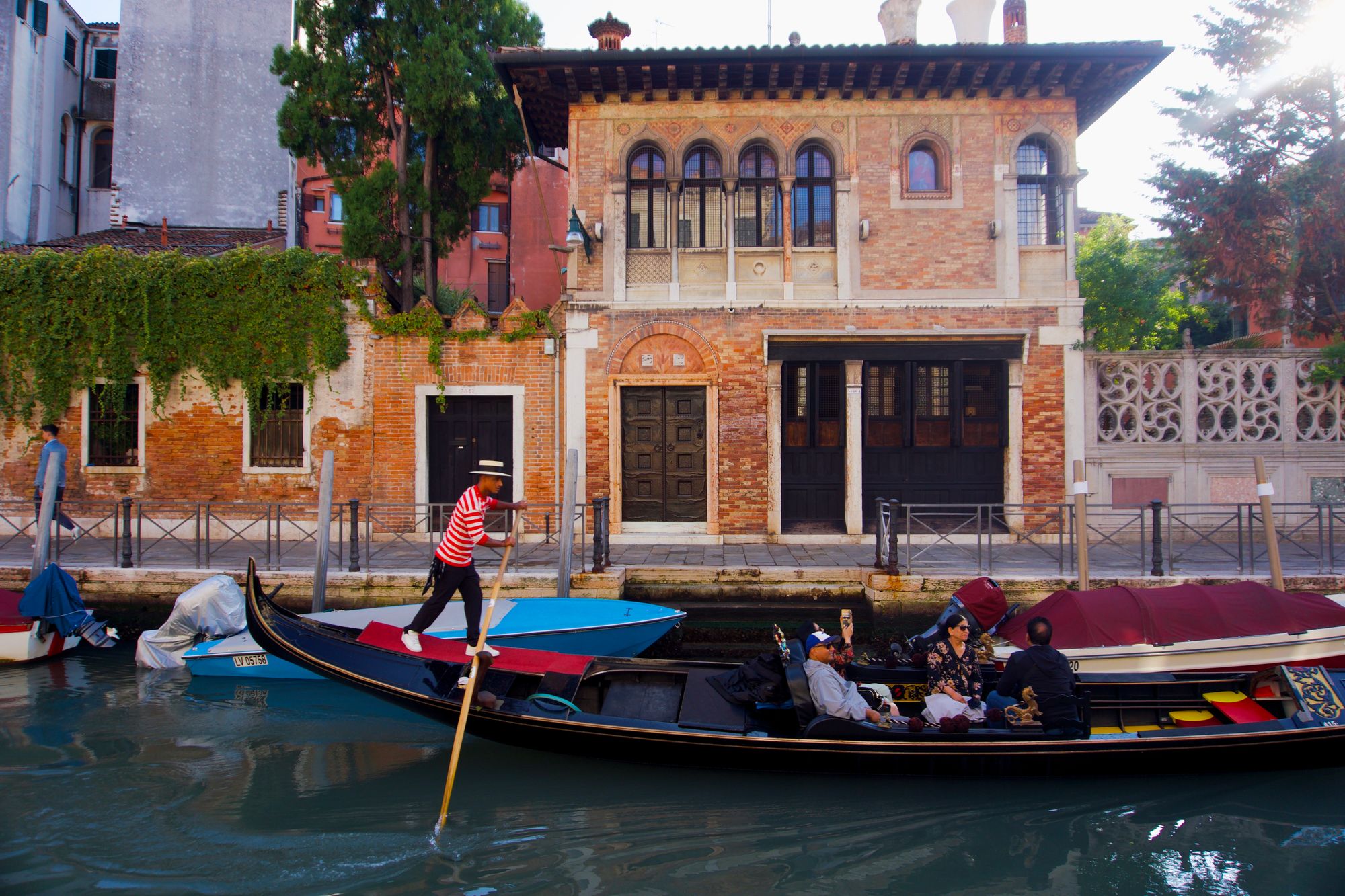
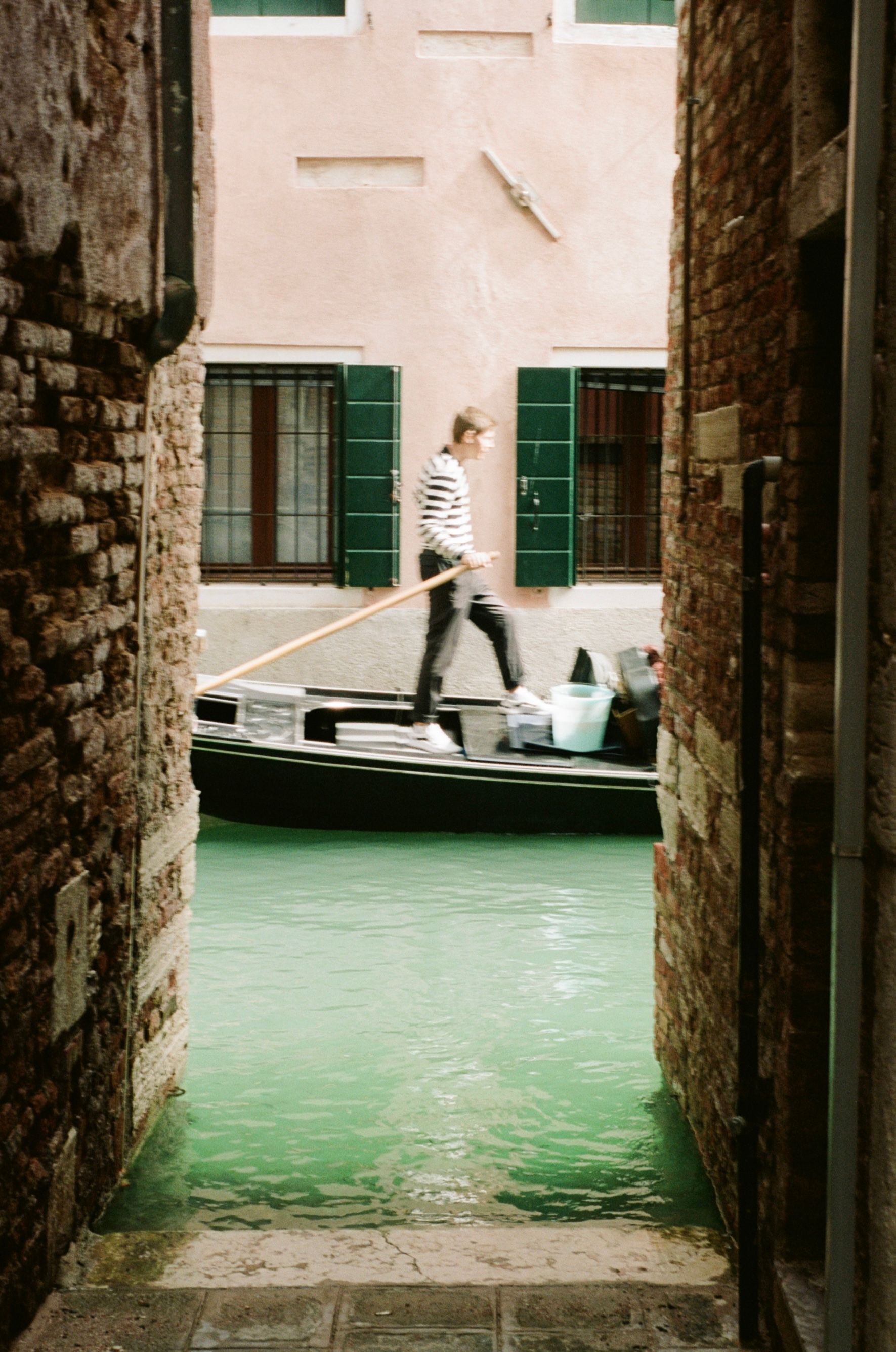
As gondoliers swan about between tightly-packed buildings and under low bridges, workmanlike traghetti spin back and forth across the Grand Canal. Locals shuffle onto the vaporetti ahead of the throngs of camera- and shopping-bag laden tourists. Venice's heart continues beating.
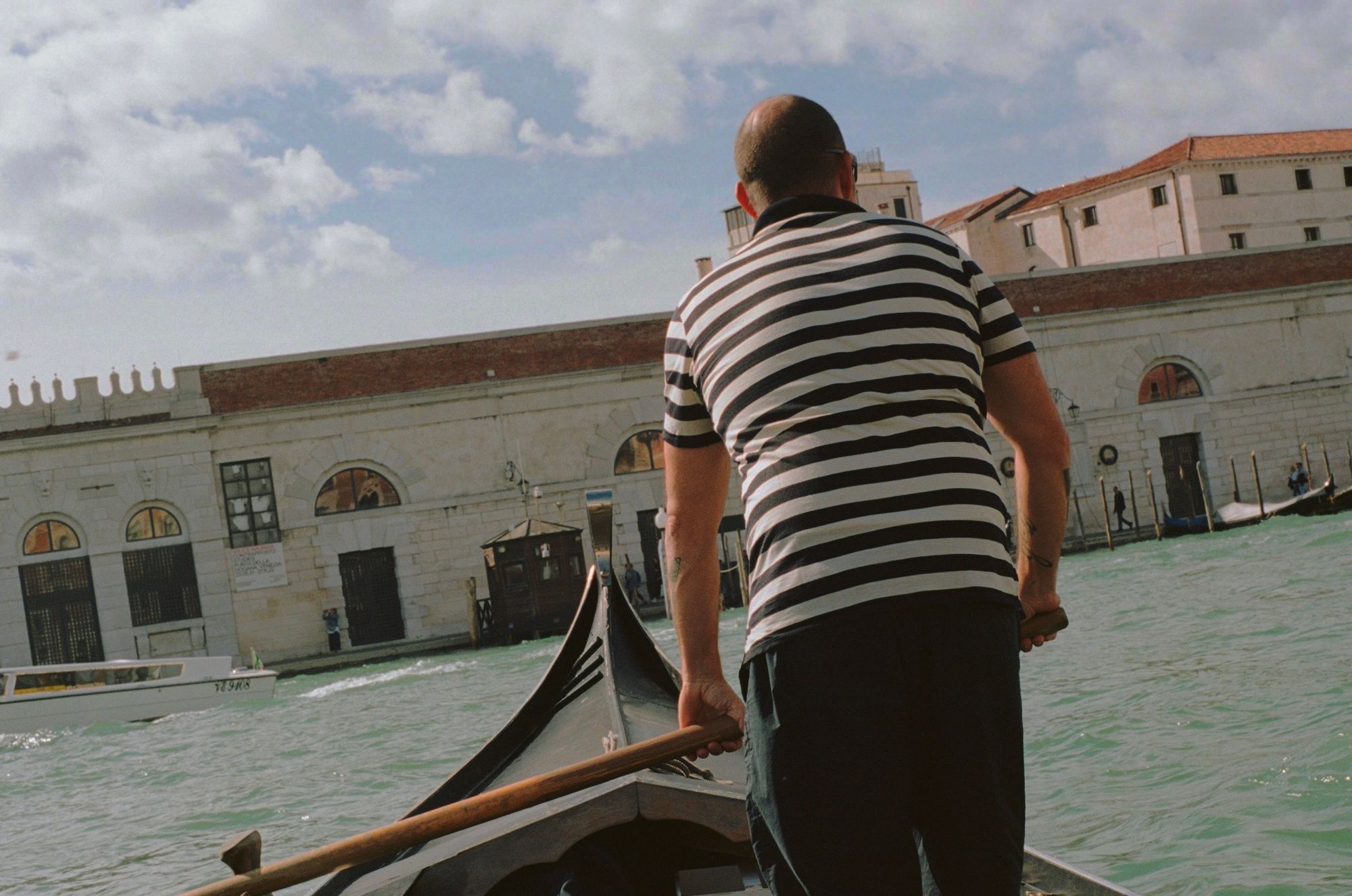
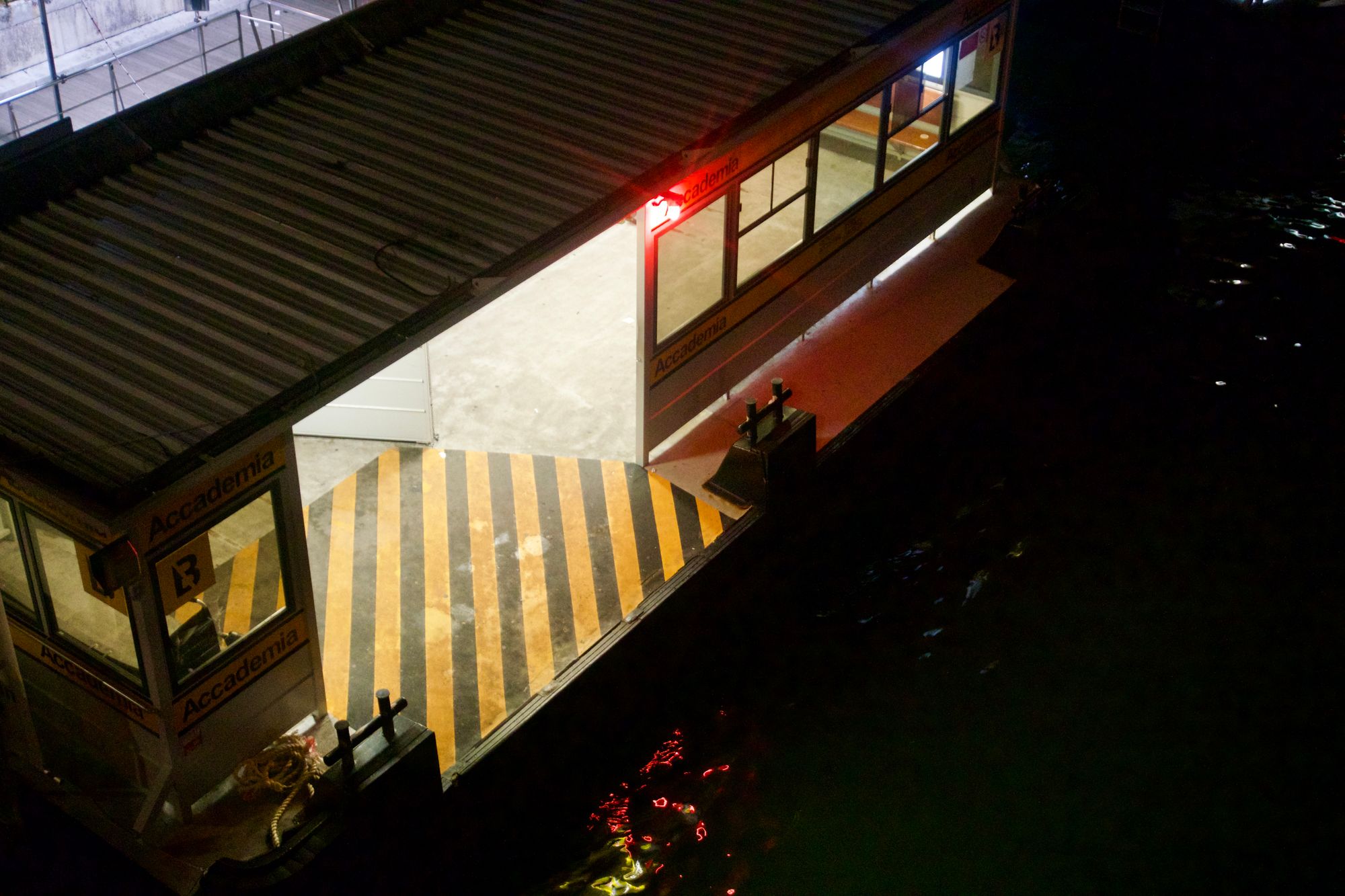
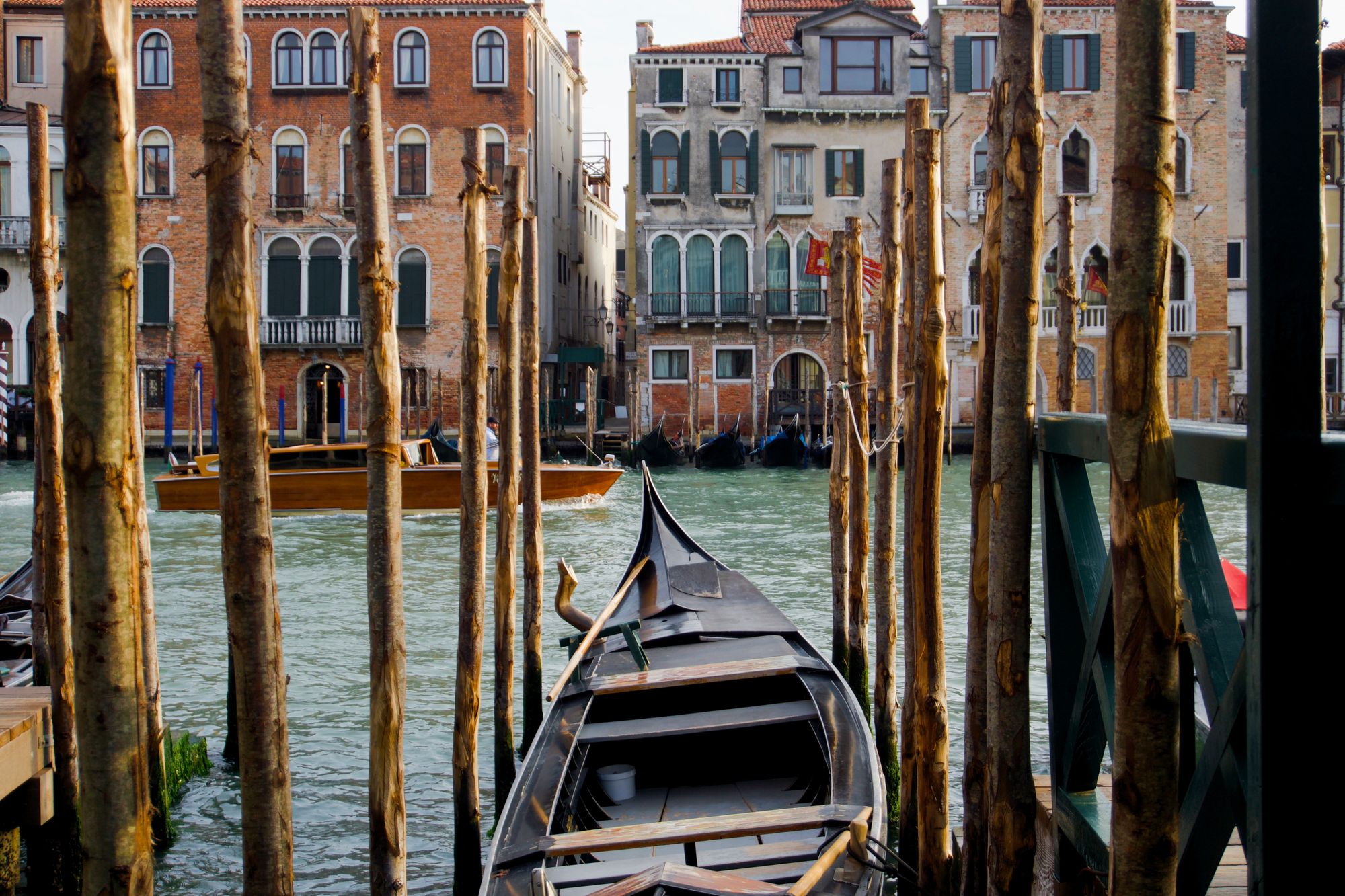
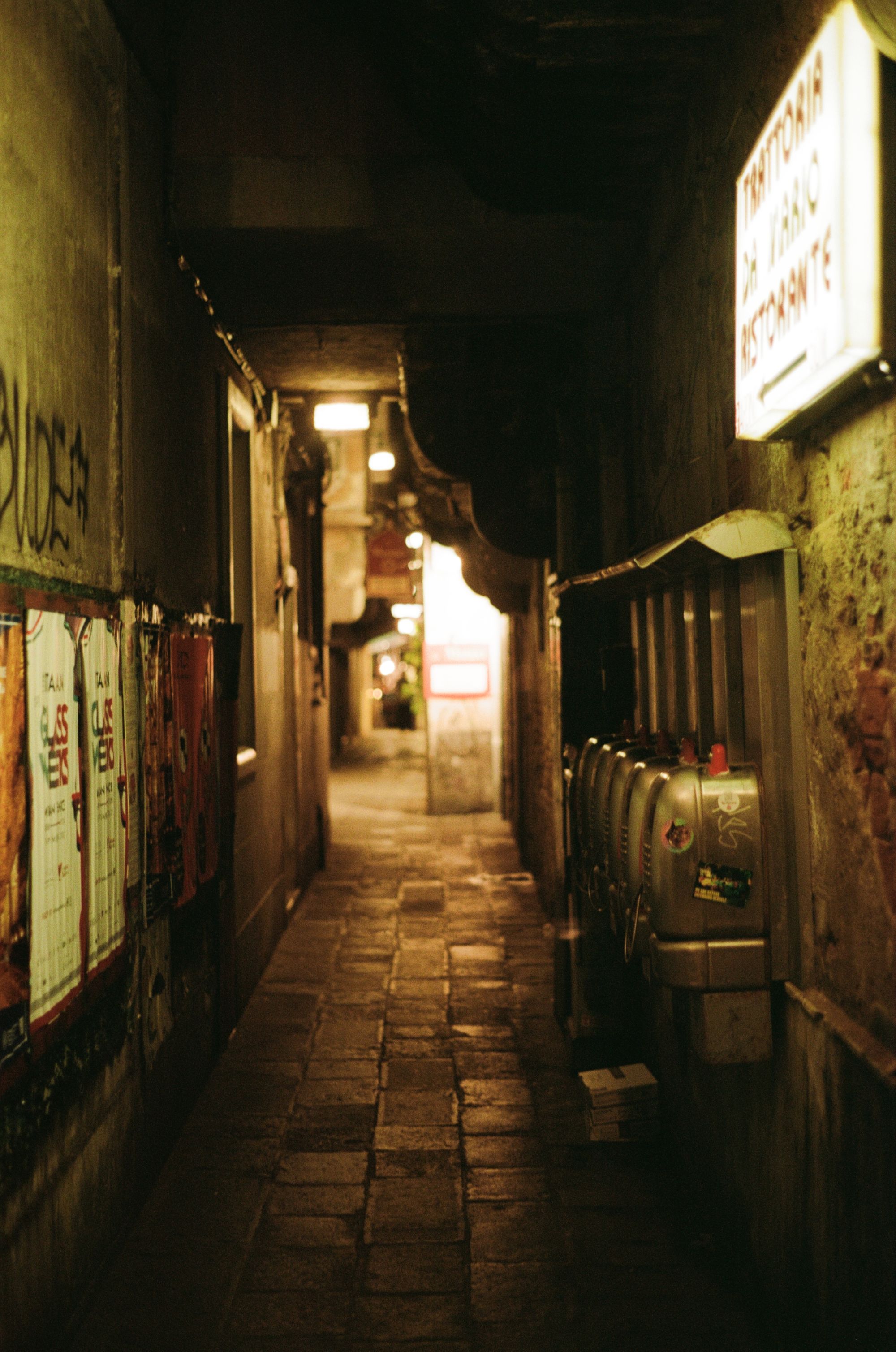
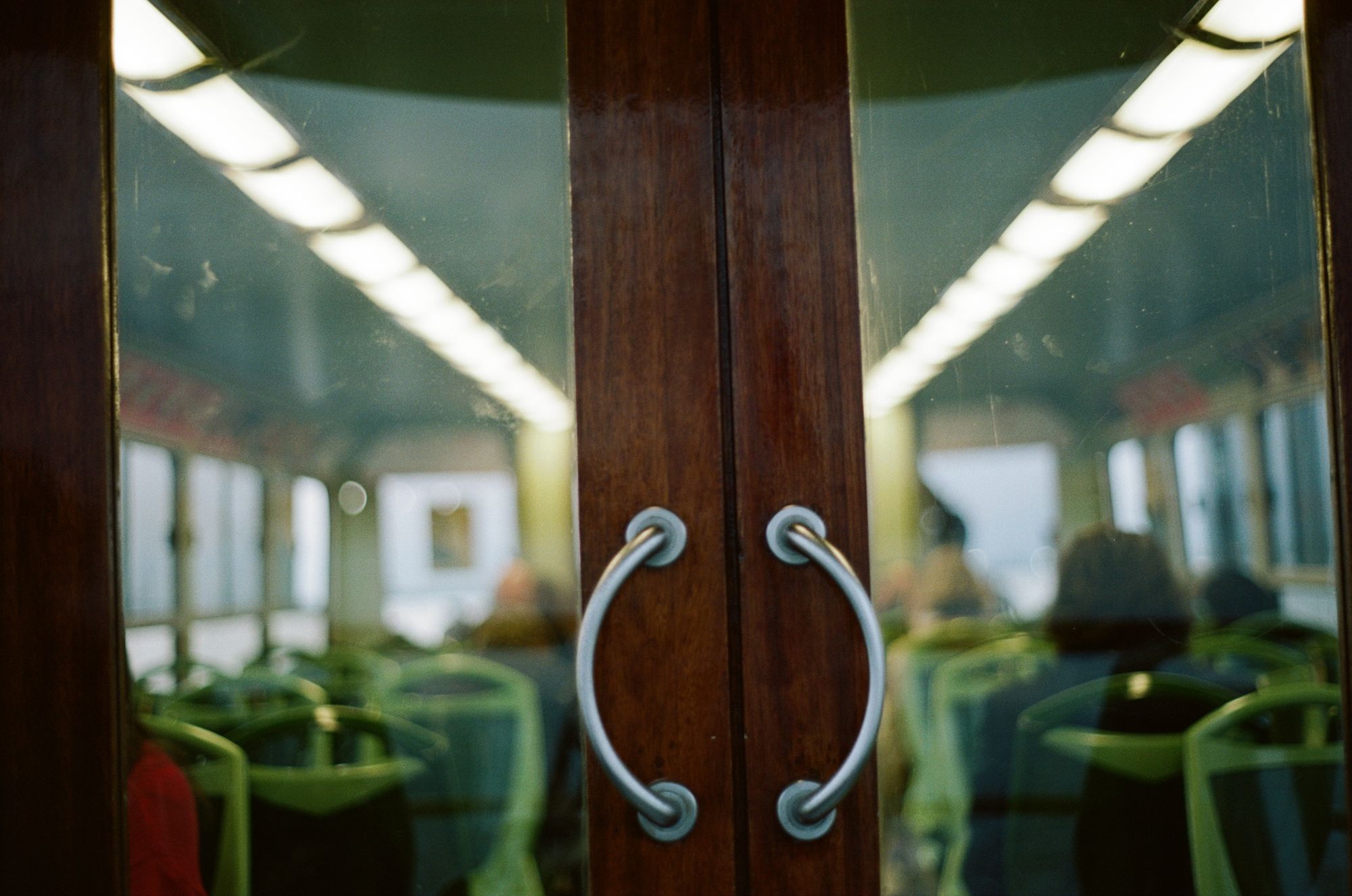
I have a working theory about what draws us to art: the element of surprise. Think about the last time your eye was caught by a photograph, or your ear picked out a musical phrase or a flourish of instrumentation or production, or any time you felt your hairs stand up on end on seeing a painting or a building or a breathtaking dance number. I'm willing to bet that you were taken with it because it had a element that was, in some way, unexpected—and that stimulation was a tonic for your mind and made you want more.
I can't prove this is right. It's certainly what I felt at various points as we wandered around the two sites of the Venice Biennale. There was more pull for me in the outlandish—in a diptych game-show roasting far-right internet extremists (Celestial Throne by Rah Eleh) or the Maltese exhibition of metal falling into water or a short film in which some nude actors appeared to have a sexual experience with some trees—than in more conventional pieces.
I theorise this is part of why Venice is so highly revered for its beauty: the fact its existence is surprising. This is a city on some islands in the middle of the sea. It is tightly-packed, and every turn is a surprise, and yes, it is a functioning city with all the things that entails. Yes, enjoy that stunning view of the tiling on the rooftops. Yes, that is a discarded chicken bone. Yes, that's probably how it got here.
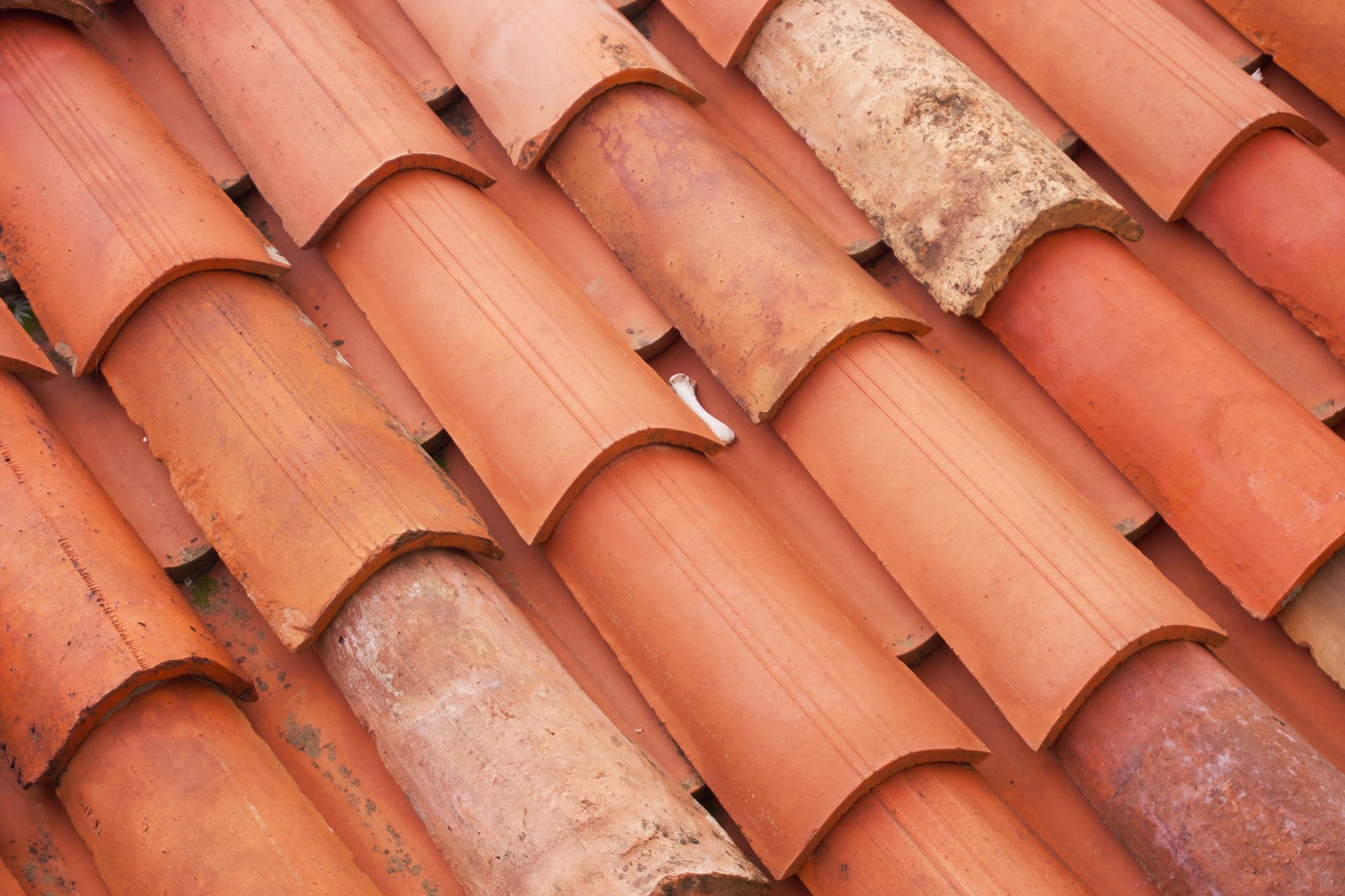
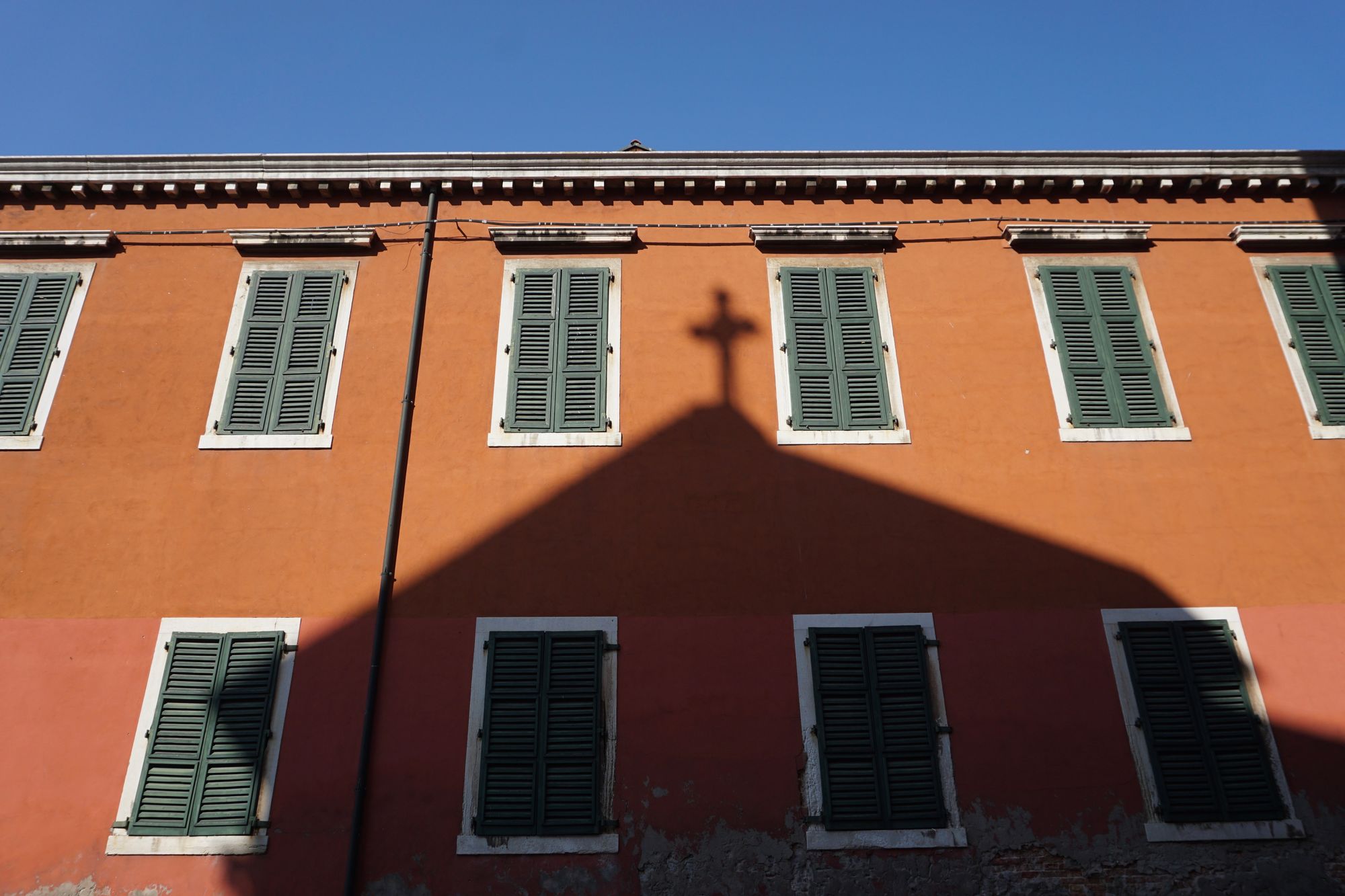
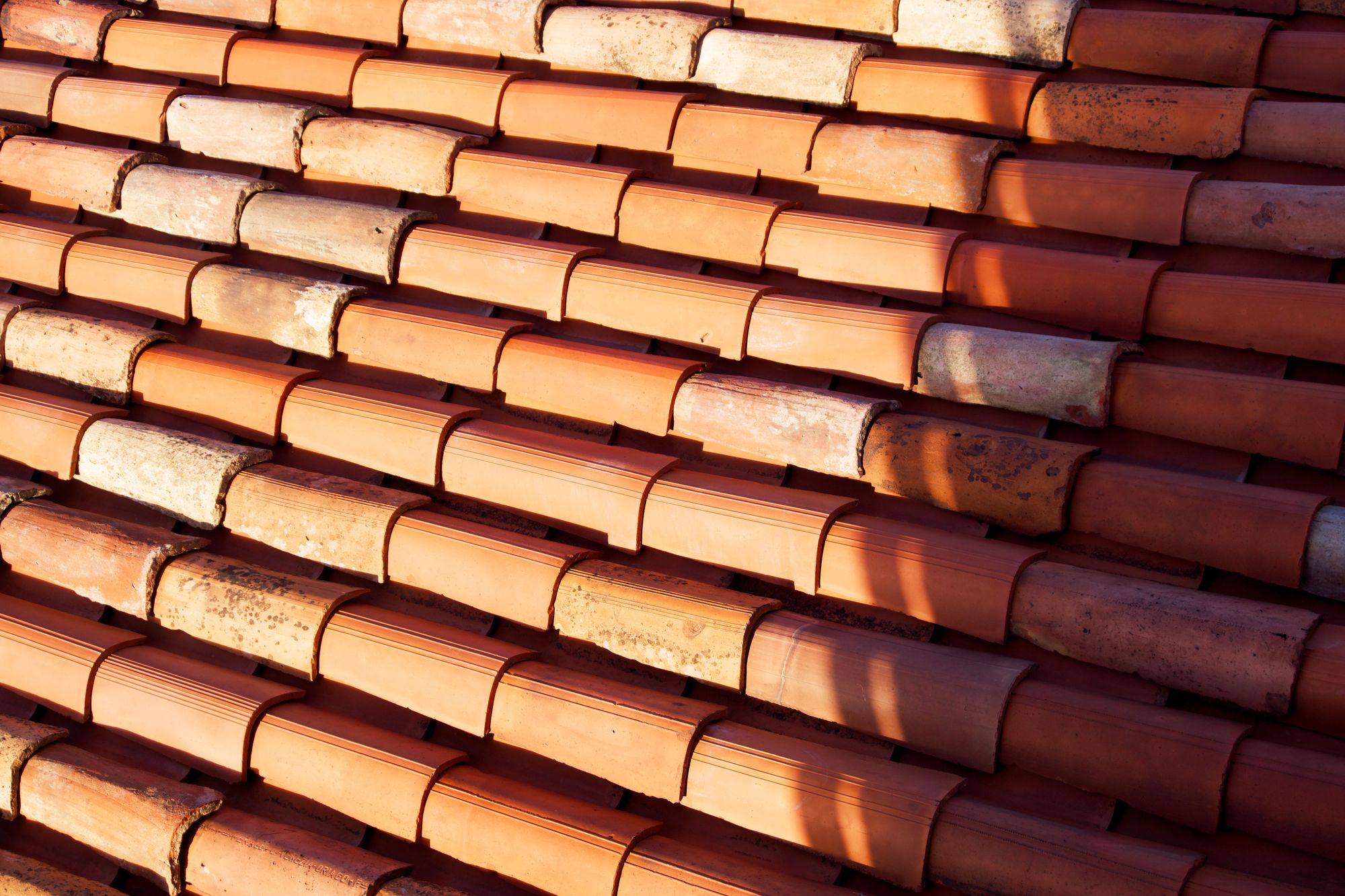
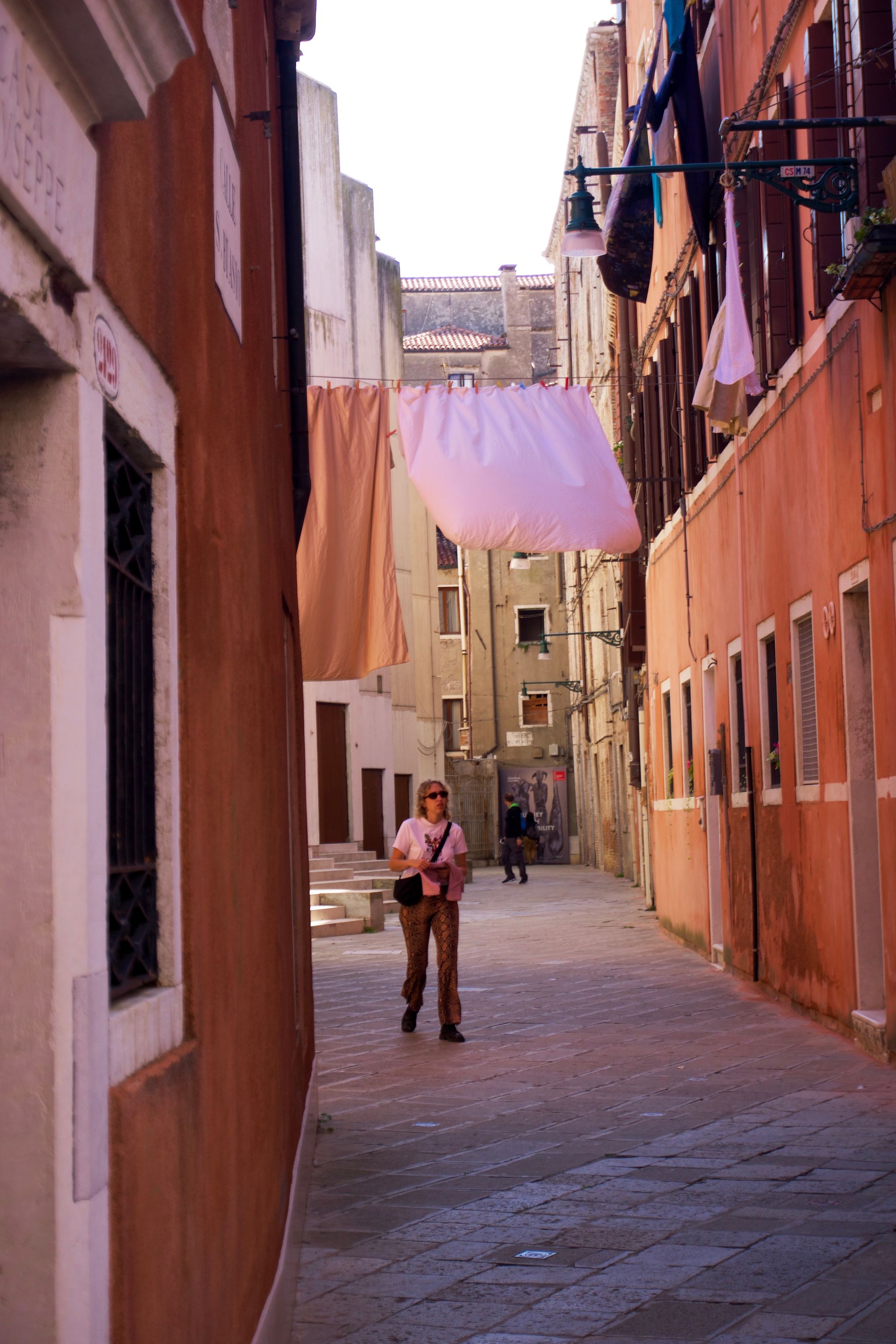
Sometimes the surprises are in shop windows. Sometimes they are in windowboxes. Sometimes it's an artful piece of framing. (Sometimes the surprise comes from getting lost, from taking a wrong turn following your non-functional phone GPS and ending up at a dead end.)
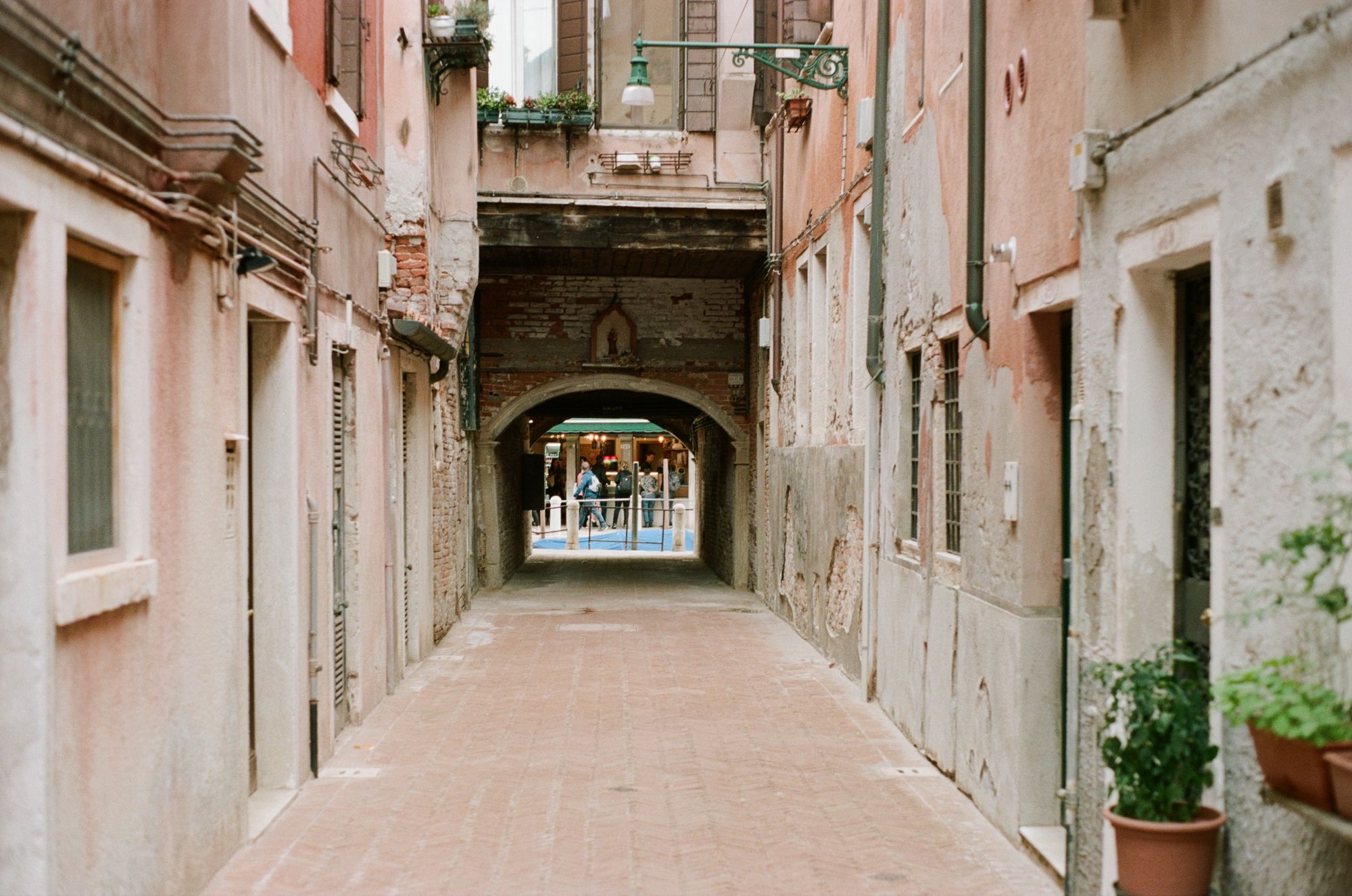
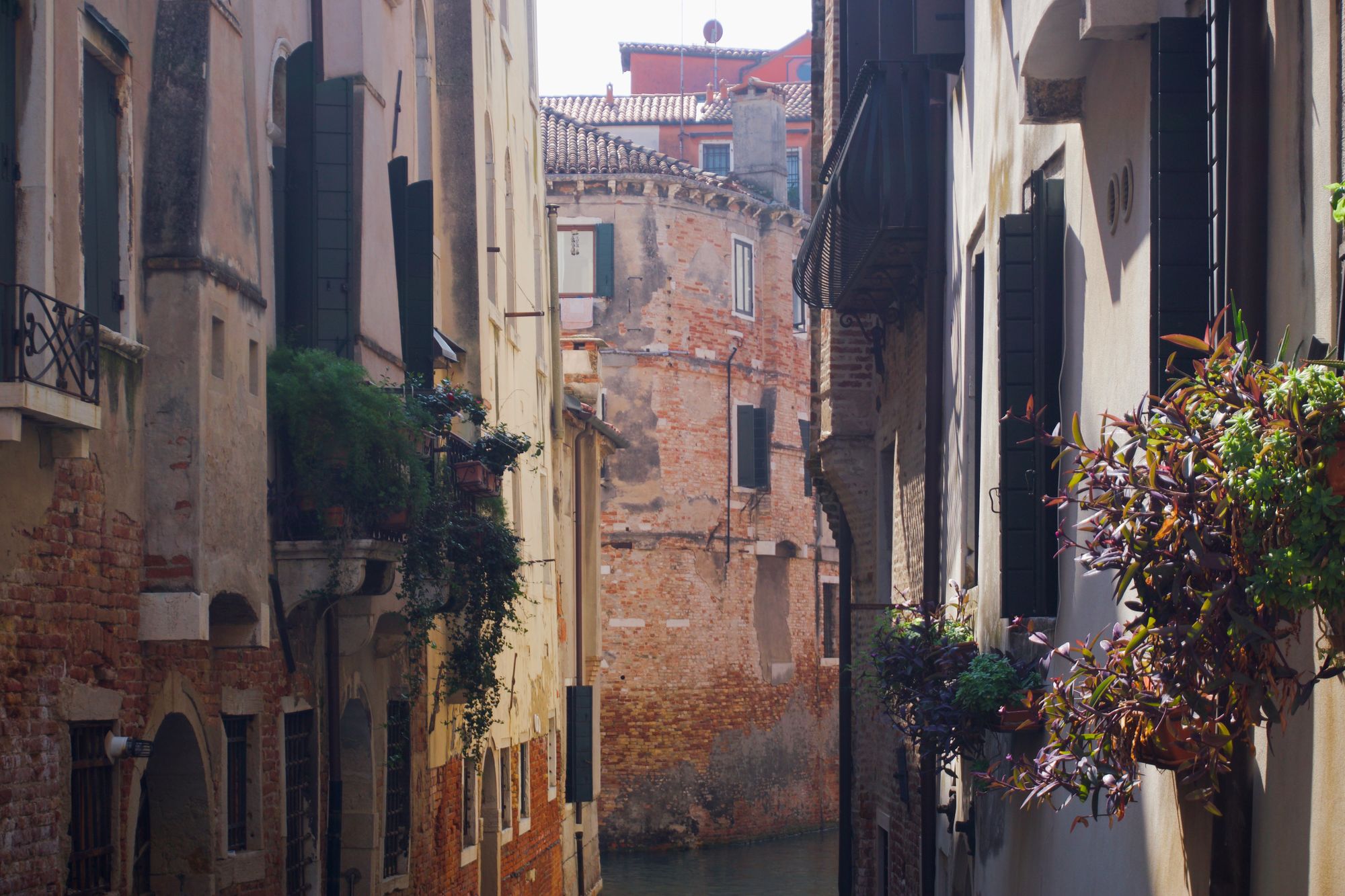
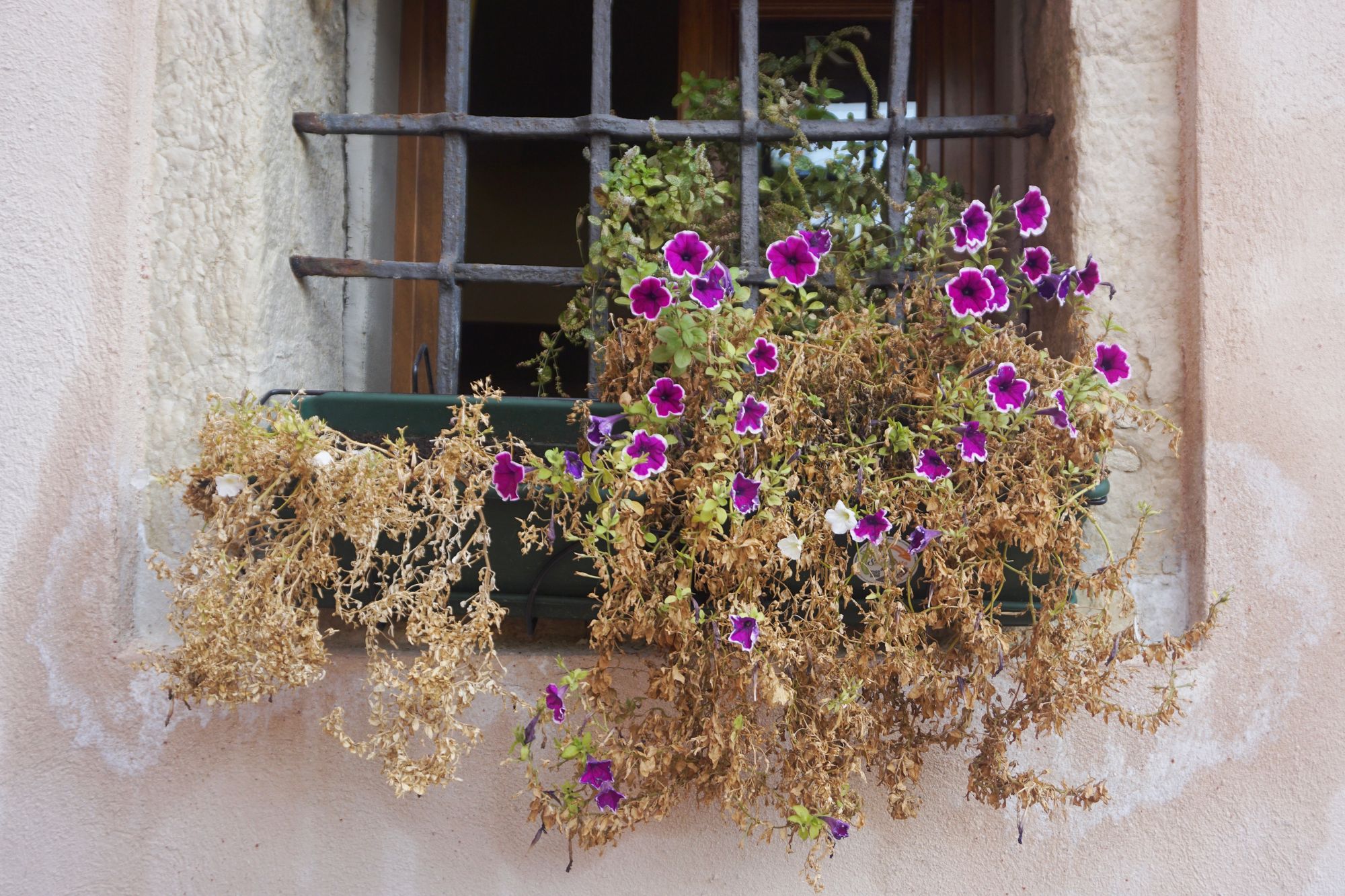
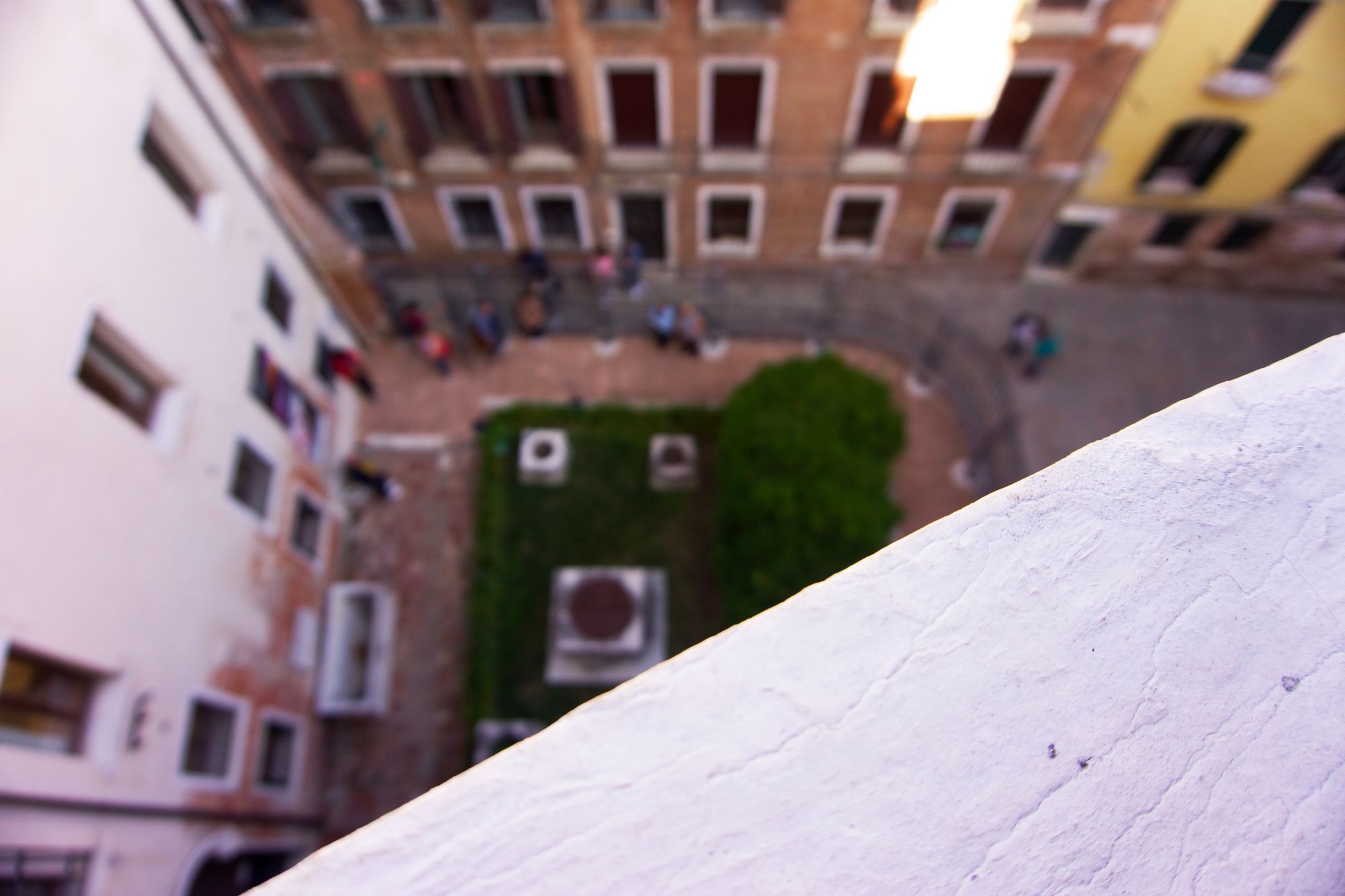
And sometimes it's turning the corner, and reaching the edge of an island. The constriction of the narrow streets ends, you can see the sky, and there is some atavistic urge to breathe deeply. Maybe this is what blood cells feel when they reach the heart. From constraint to expanse.
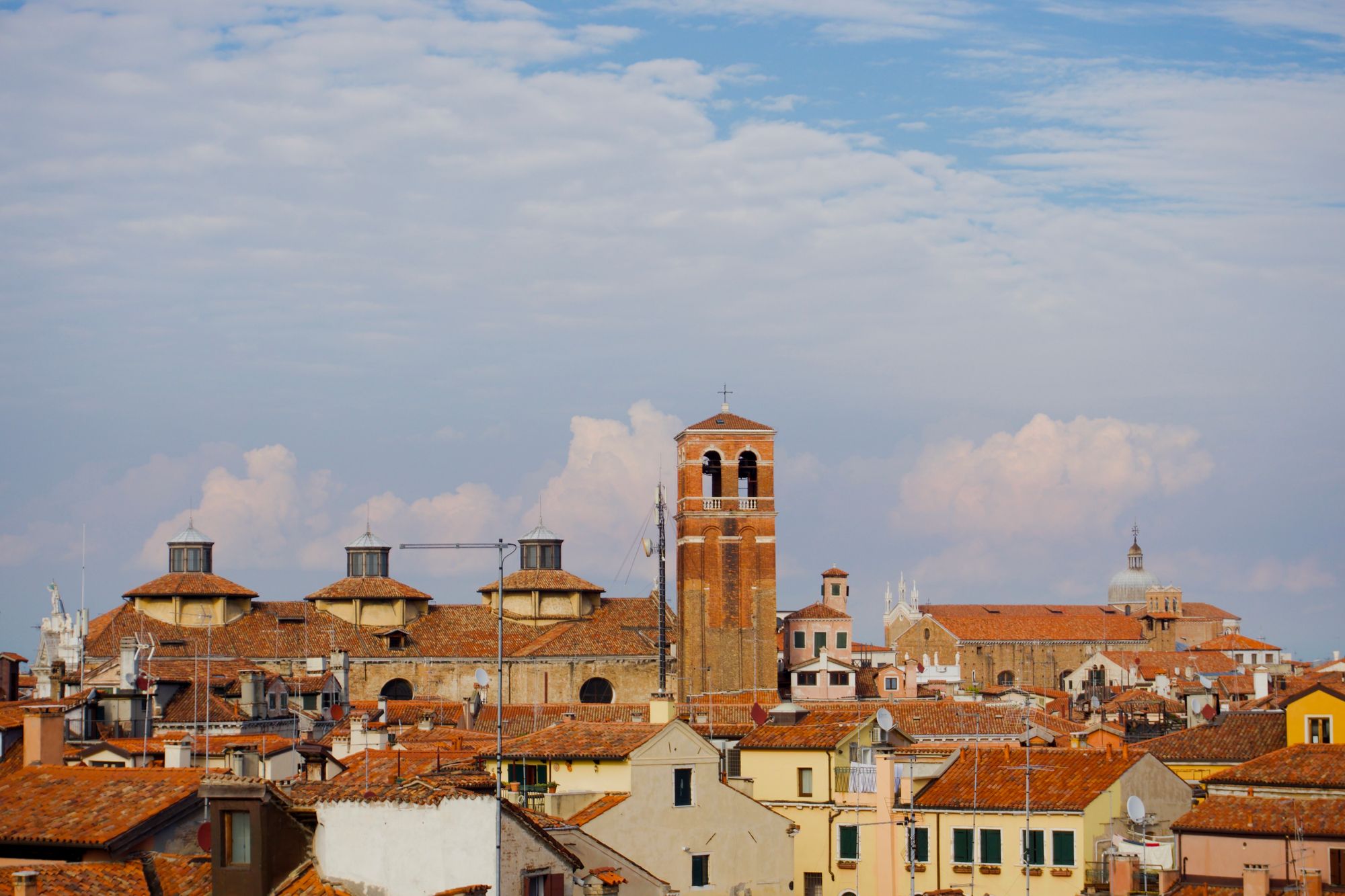
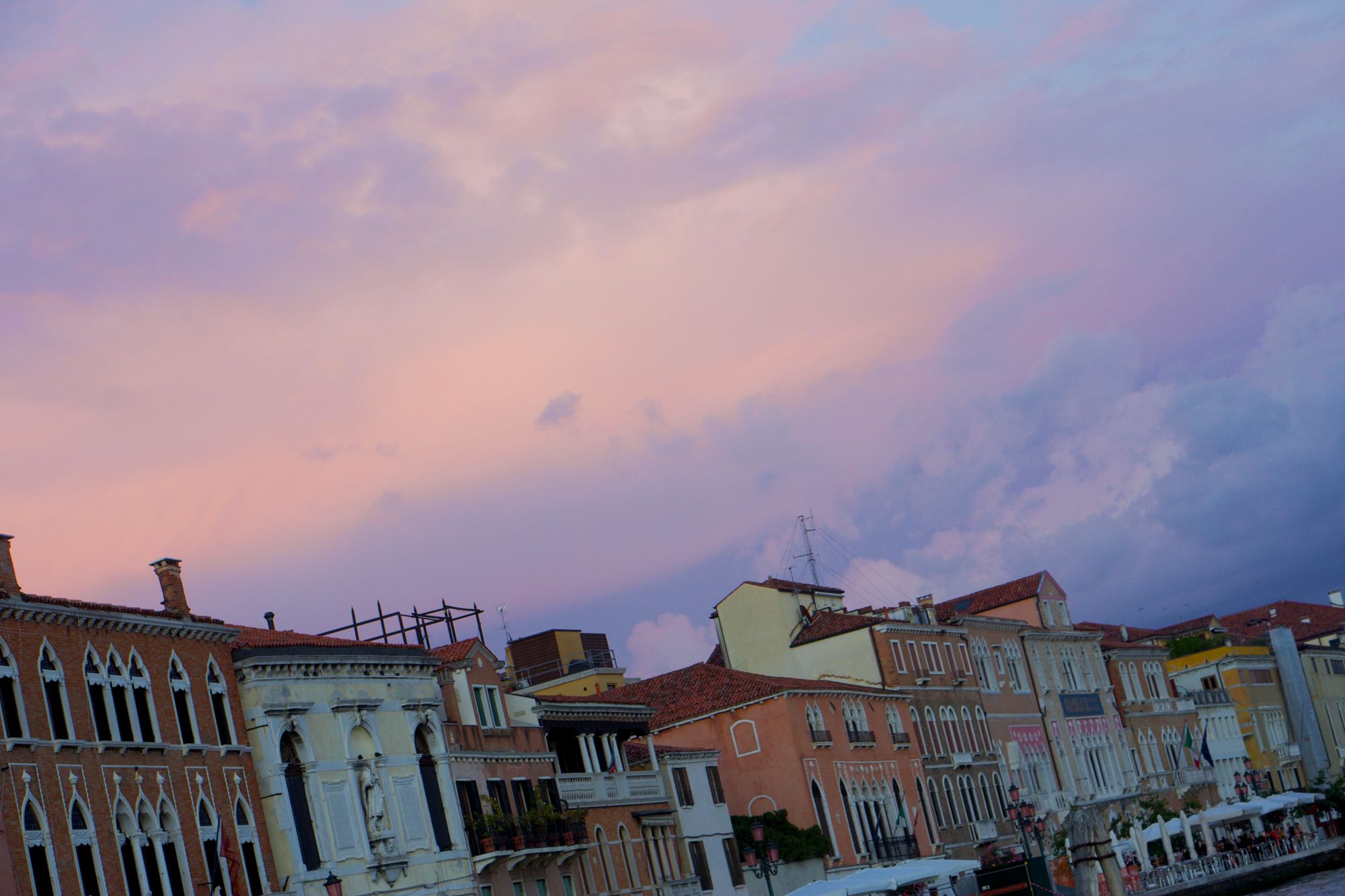
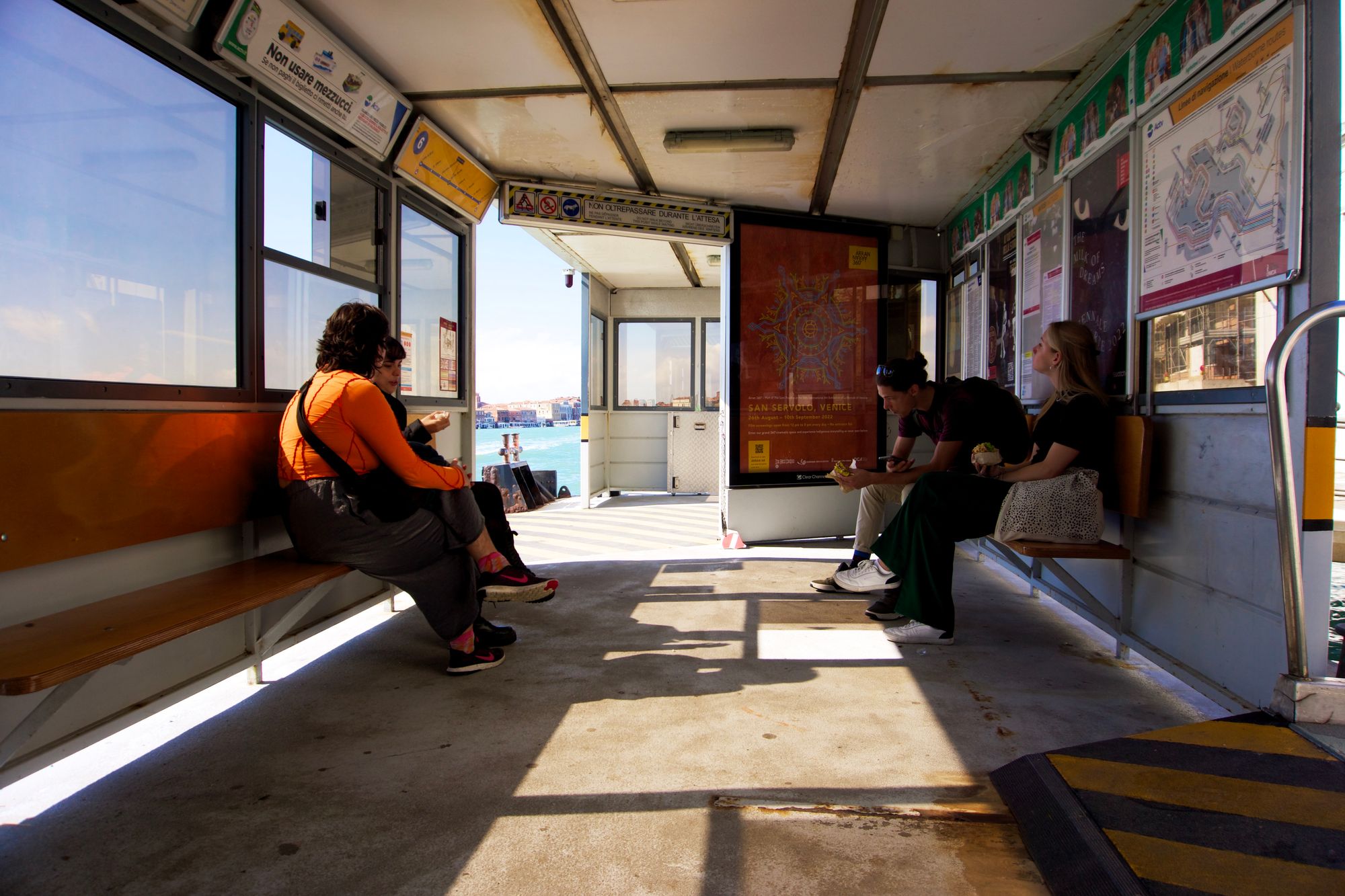
Time seems to move strangely. Vaporetti to Murano and Burano cross the lagoon at a glacial pace. Queues move sluggishly. In the maze of streets, it can be hard to keep track of where the sun is (if not quite as hard as tracking your own location on your phone.) You might notice a jetty with algae clinging to it, and wonder: has it been there for weeks, or years? When did that bit of paintwork peel off? Two years ago? Twenty? Longer?
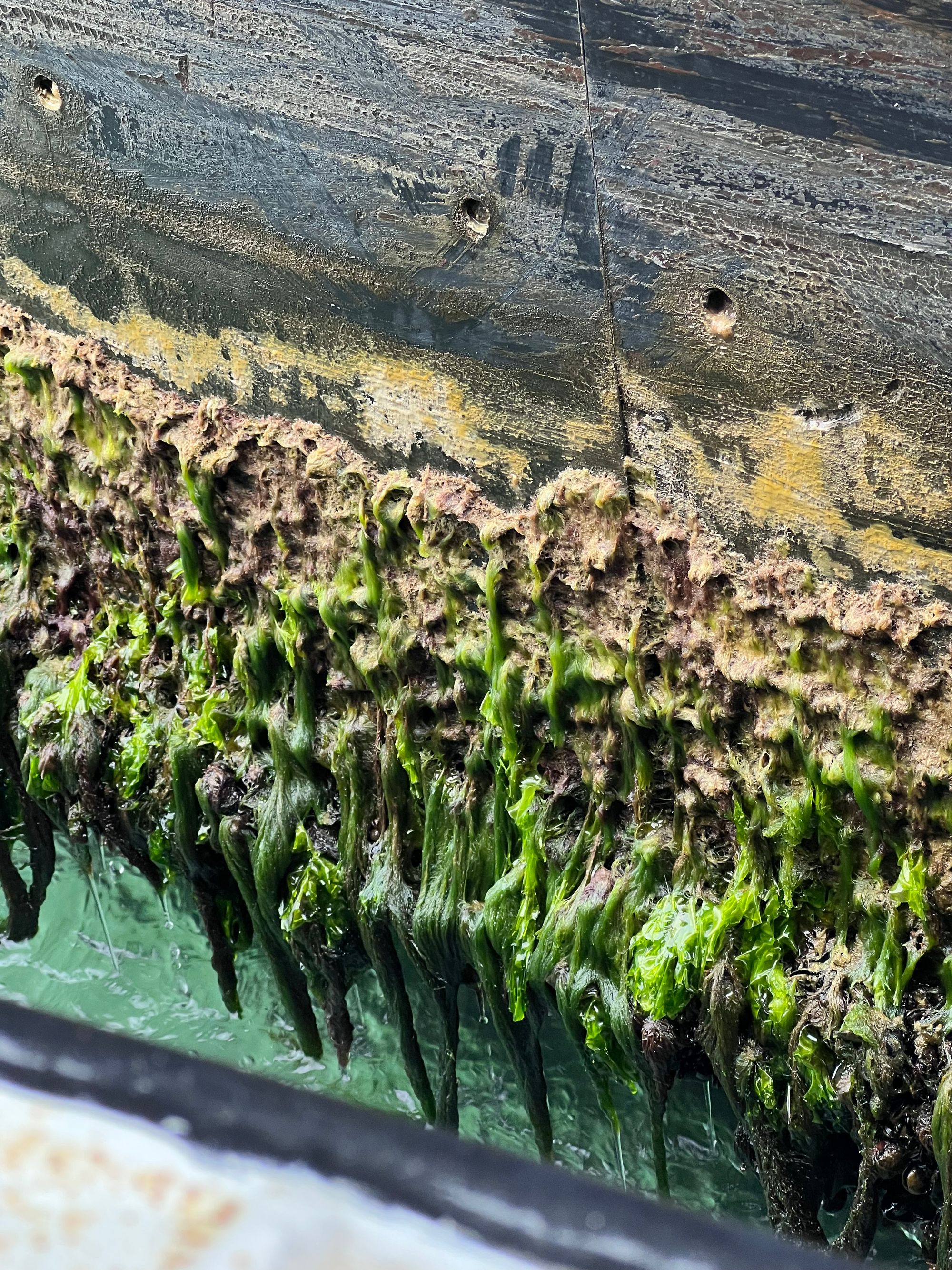
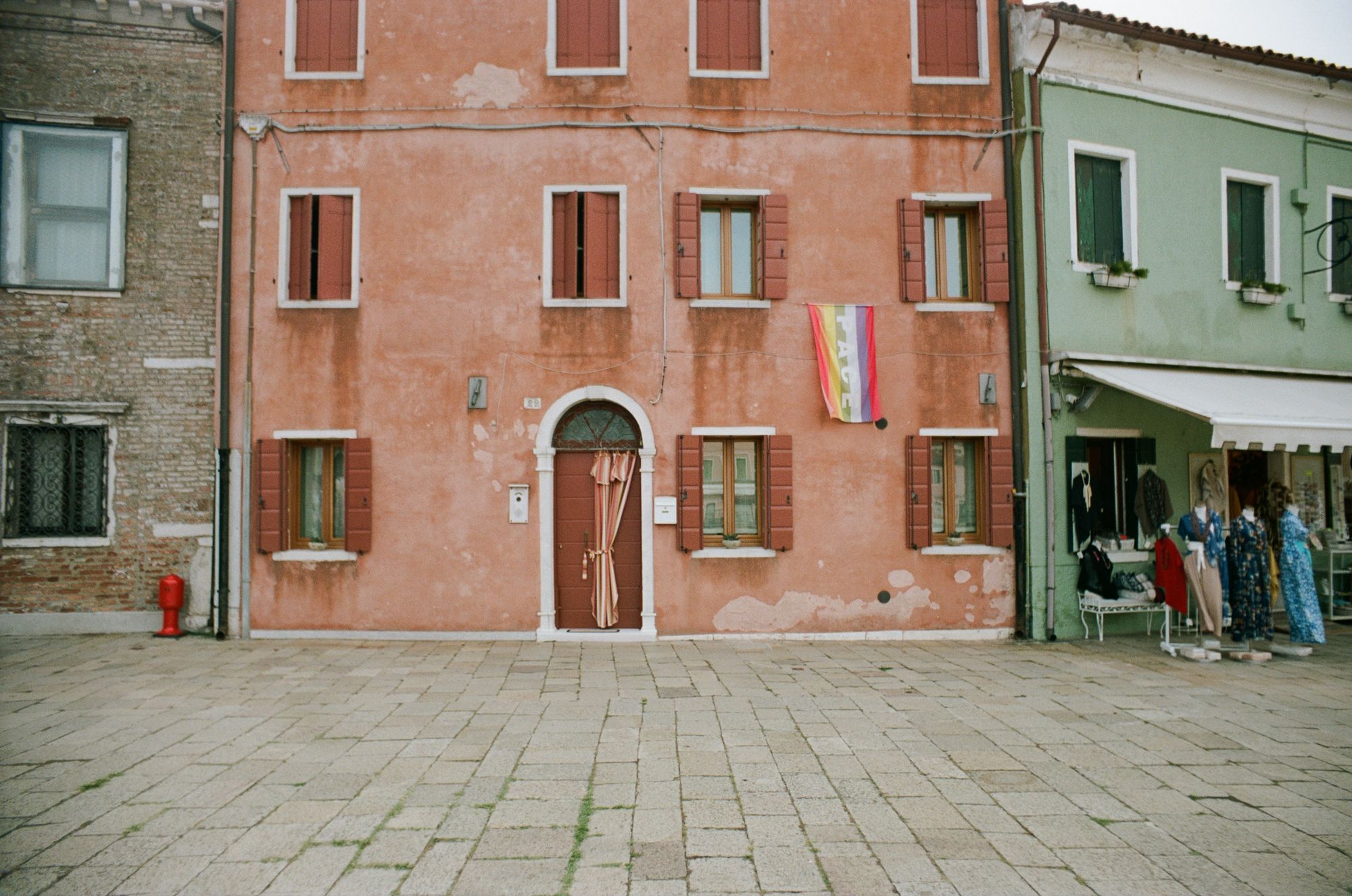
Plant life is everywhere. Nature has learned to live with the aberration of a city in the middle of the sea, and it's made its own home here. Some of it is cultivated, in gloriously large planters where creepers spill over the edges, and in window boxes that can now never be removed lest they bring down half the whitewash with them too. Just now and then, a tree will make a valiant, decades-long lunge to break free from its pit, and have to be propped up by a support lest it fall under its own weight. Non-human animals also wander happily, displaying varying attitudes to being fussed by passing tourists.
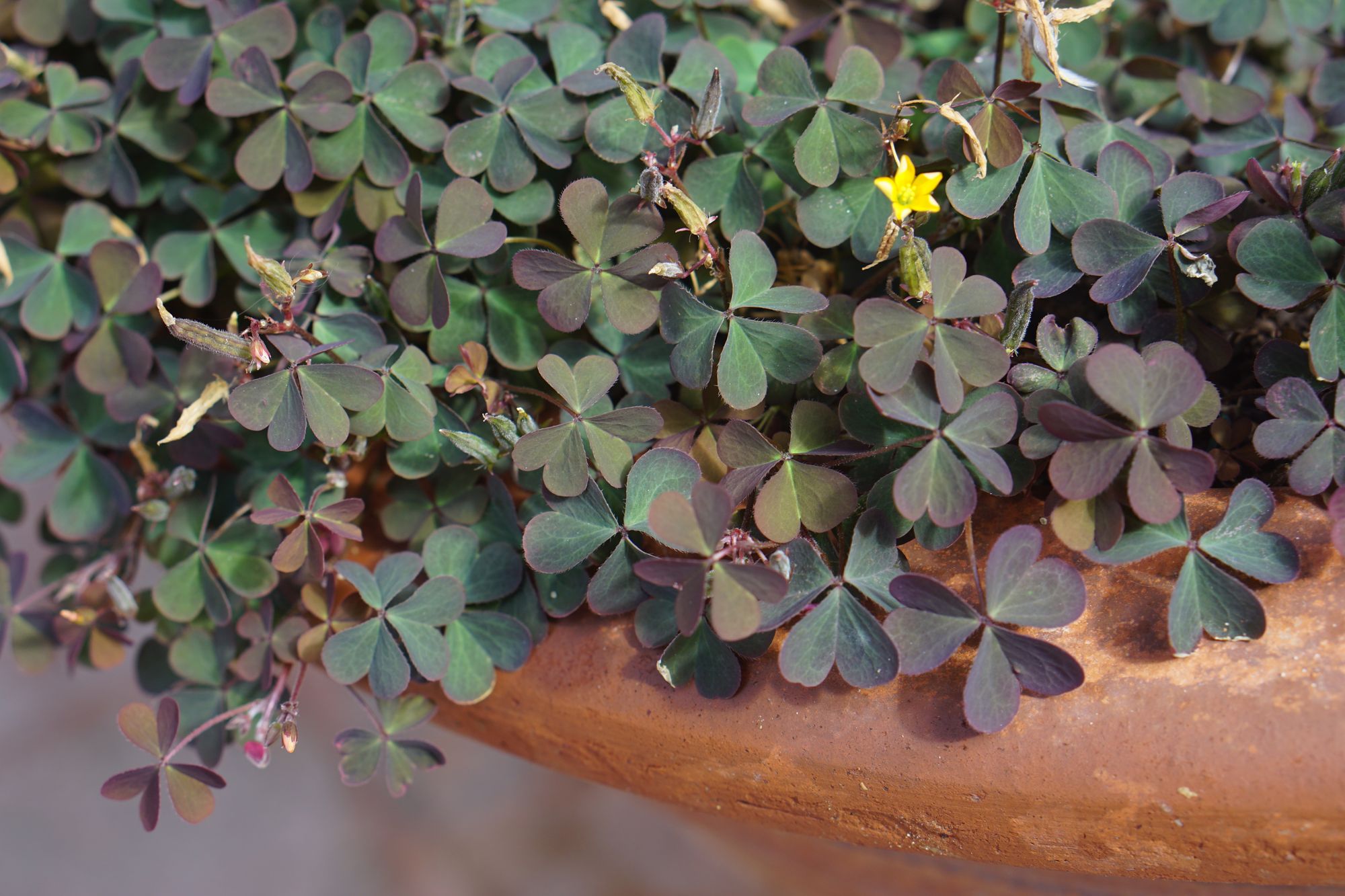
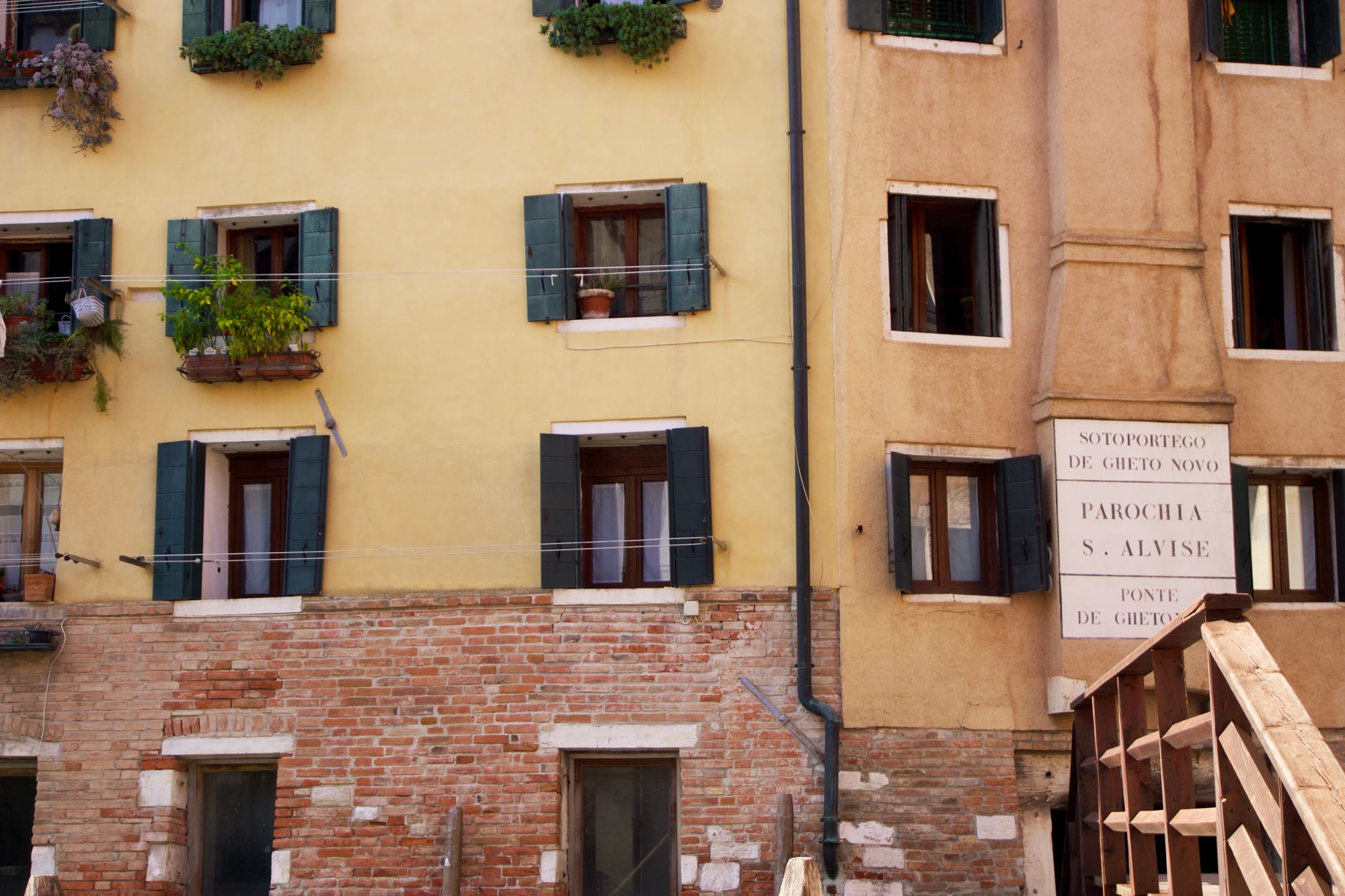
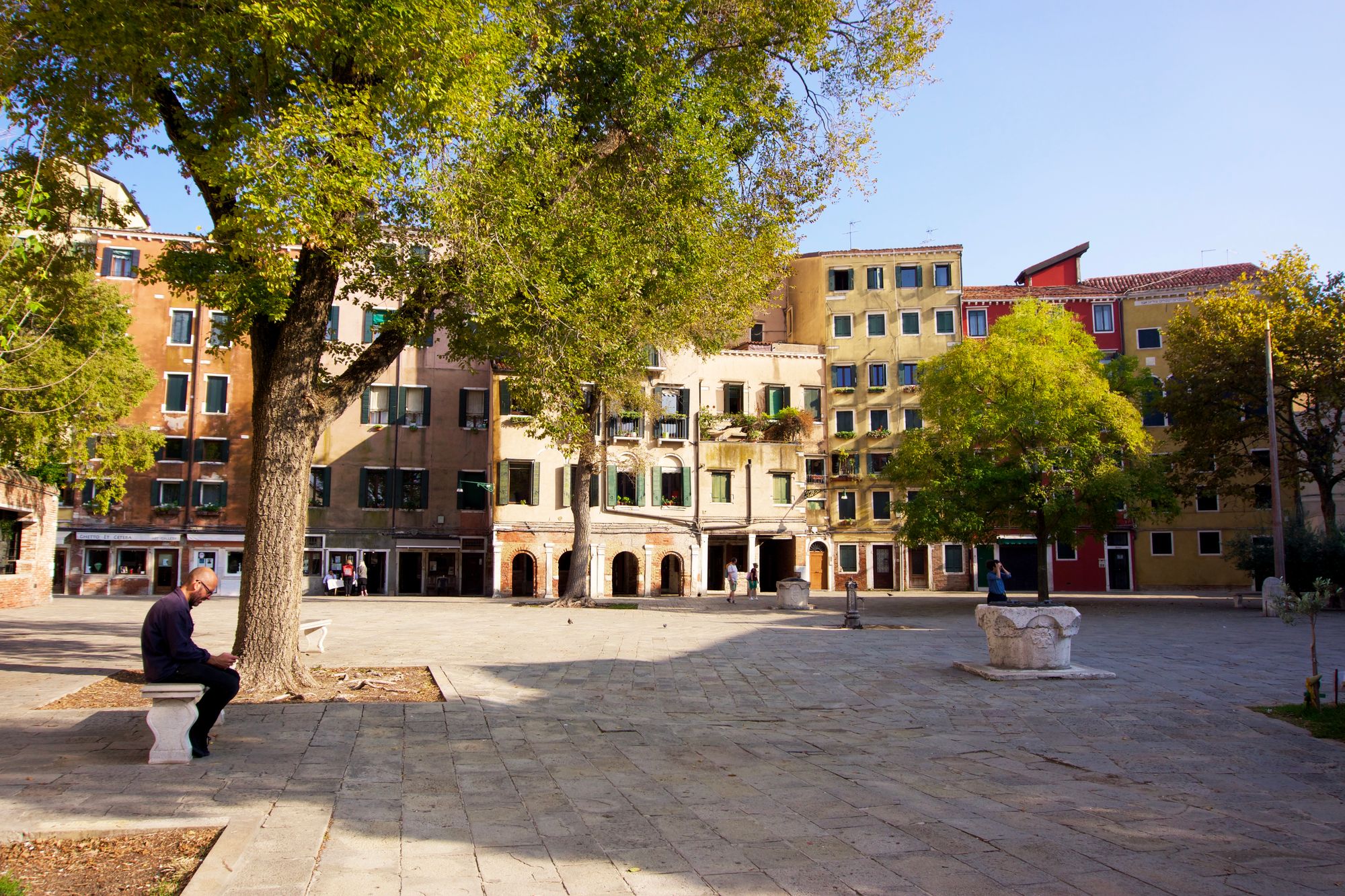
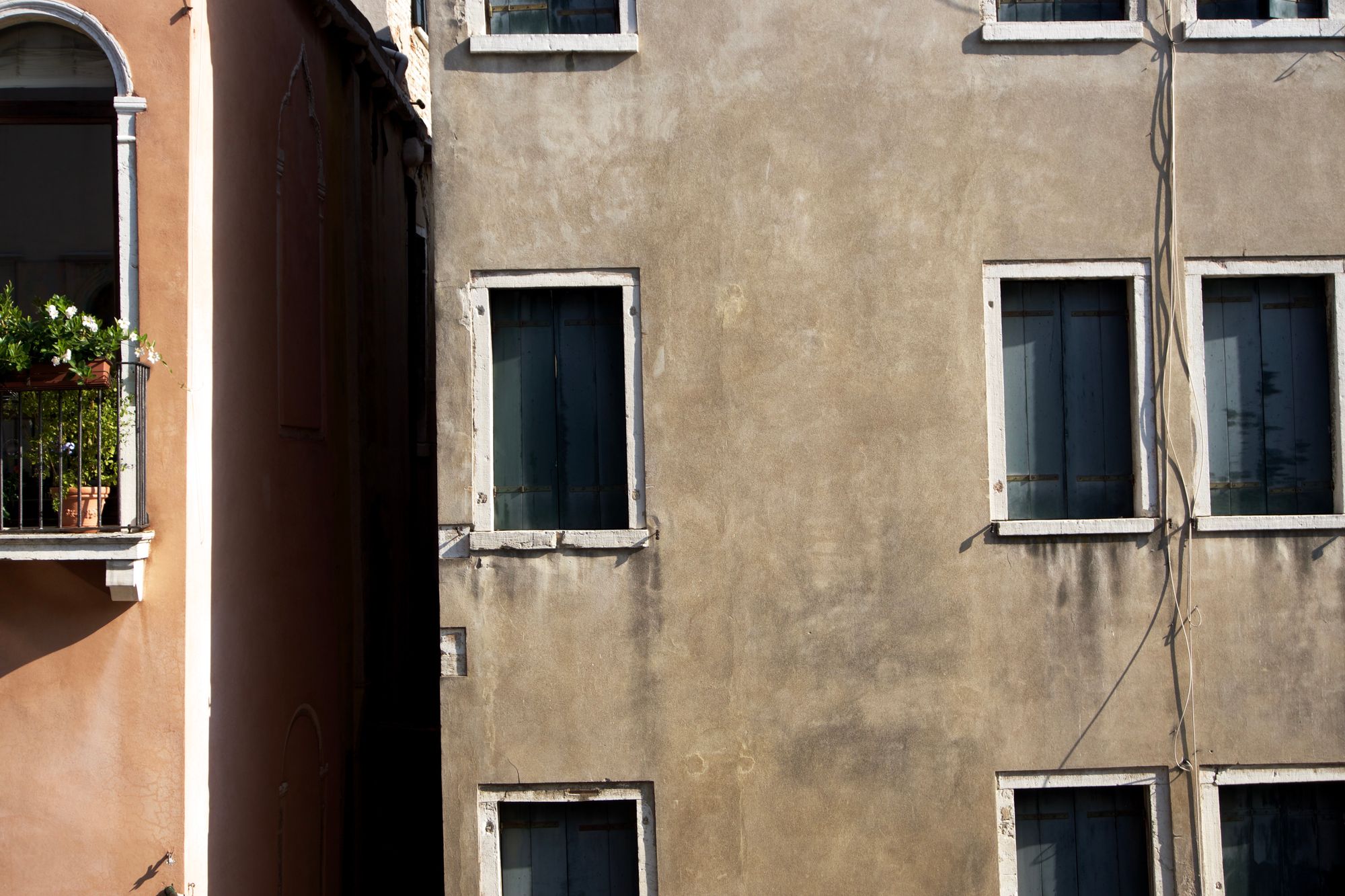
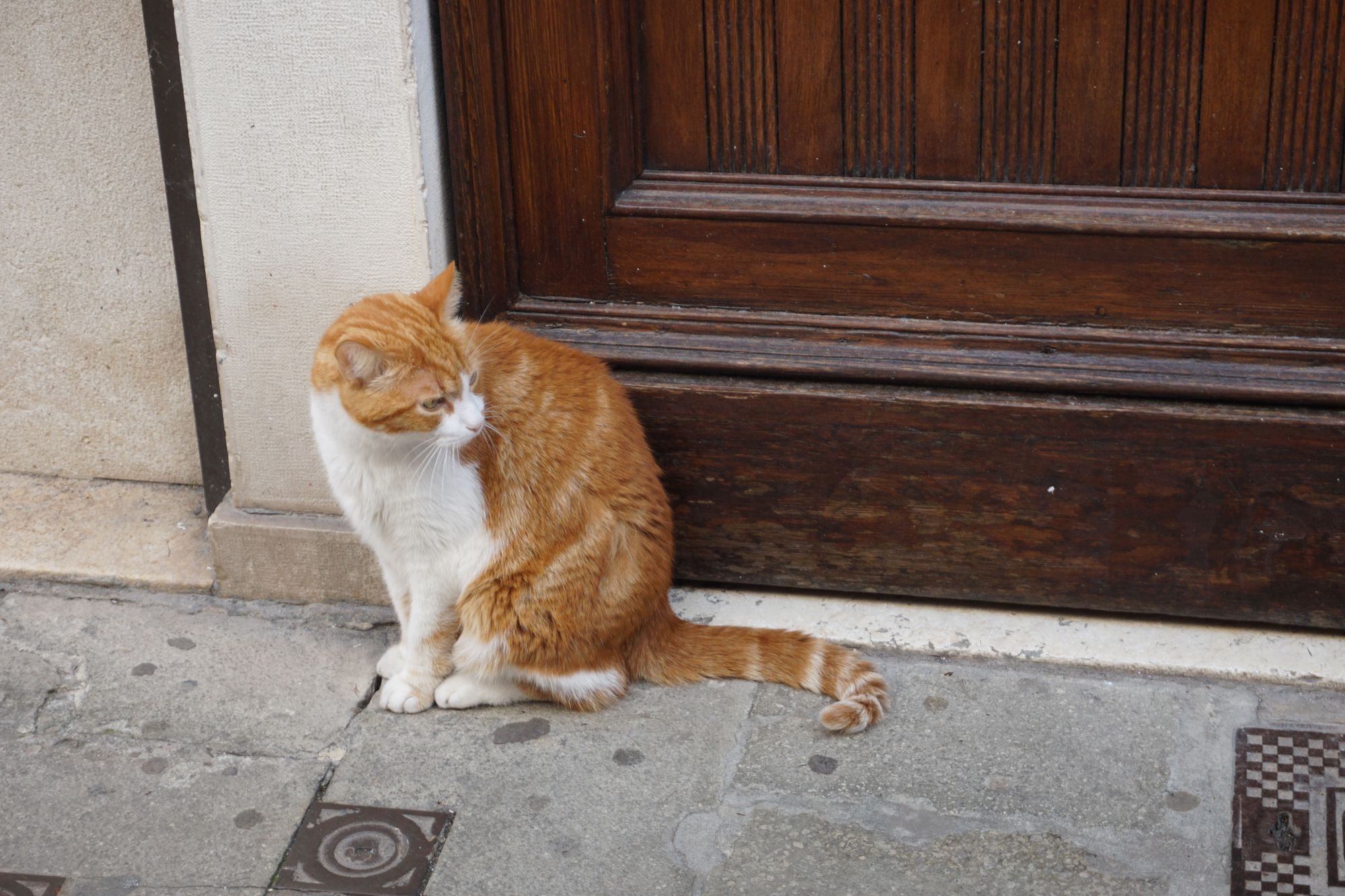
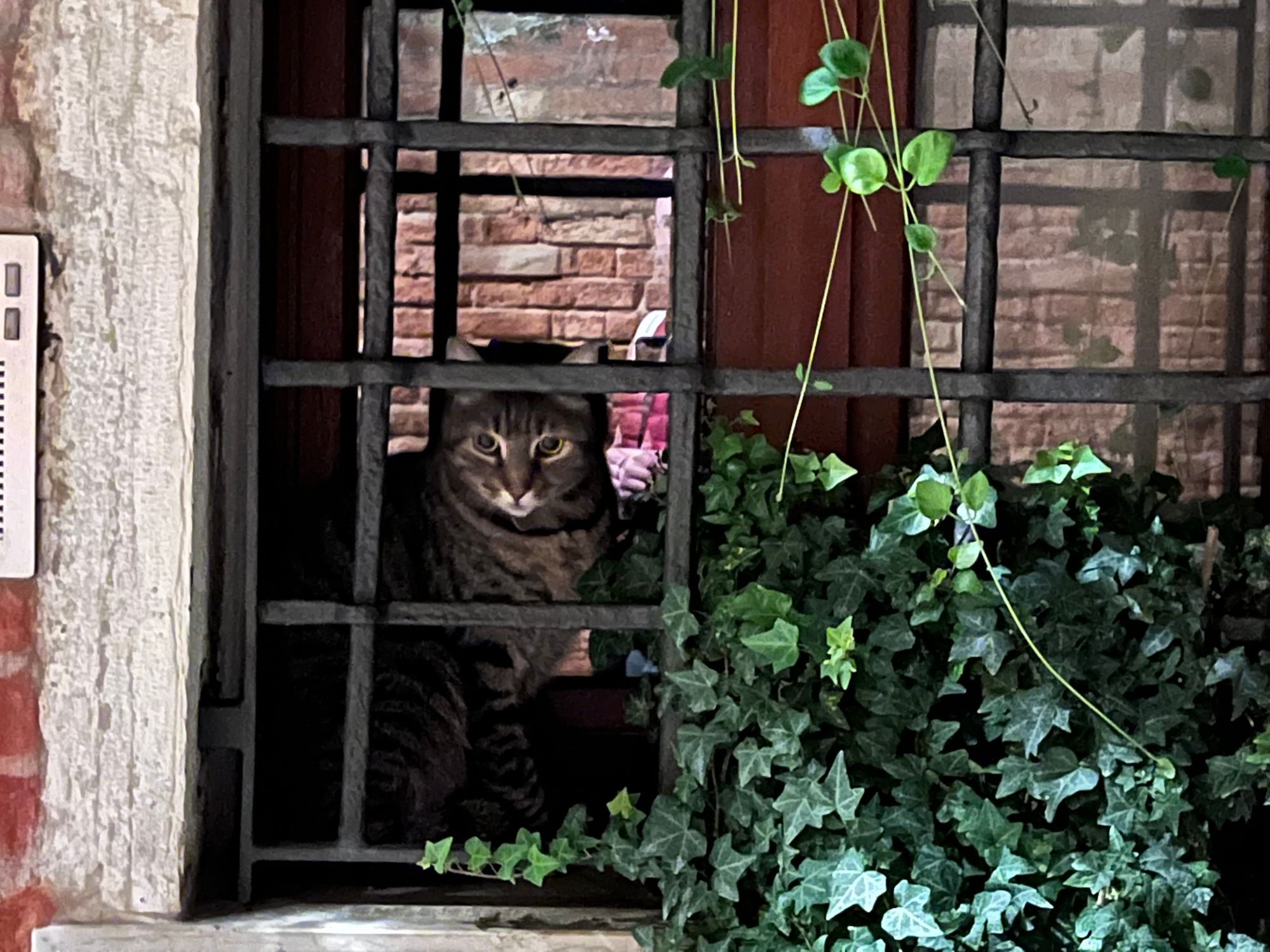
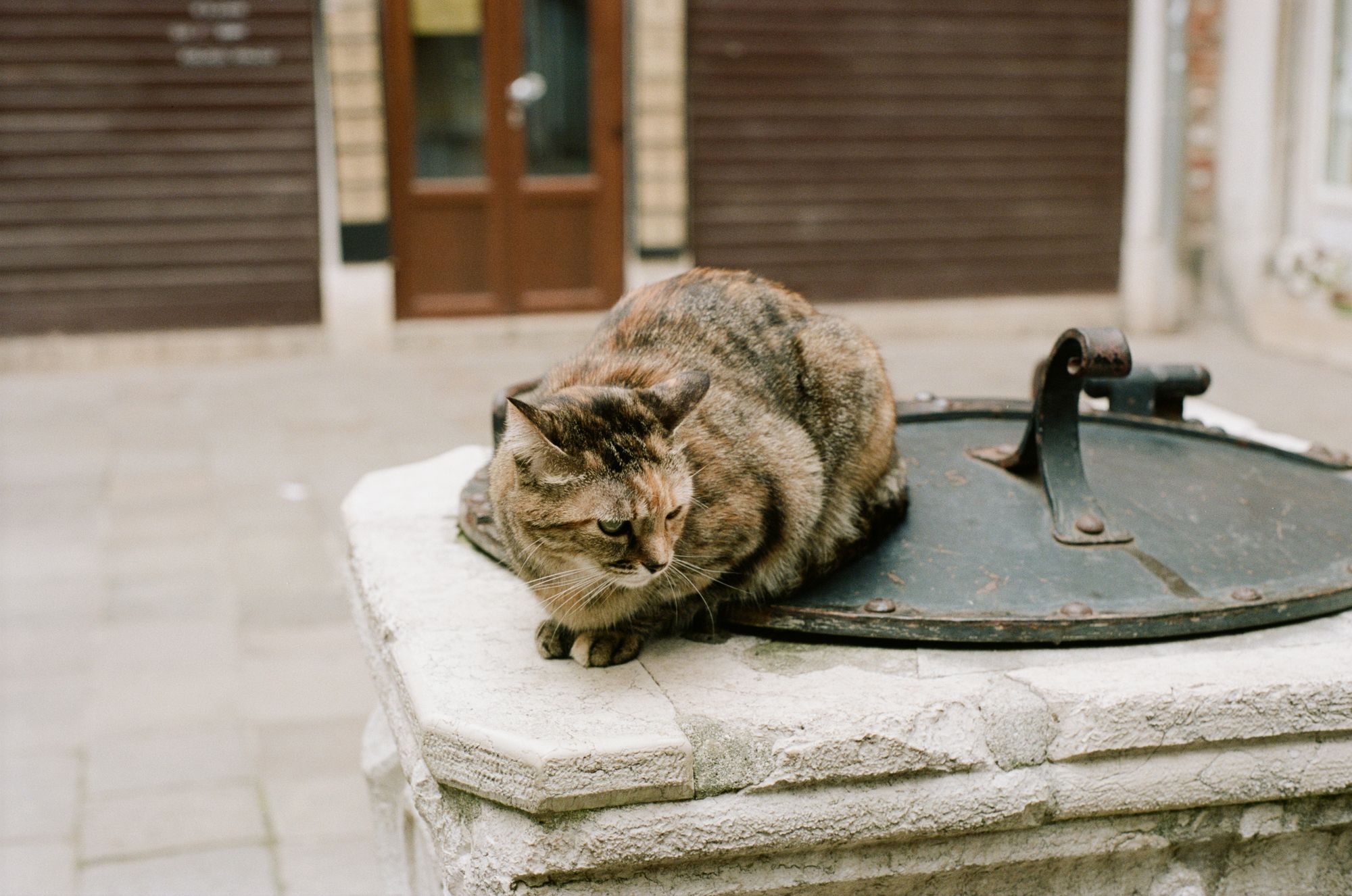
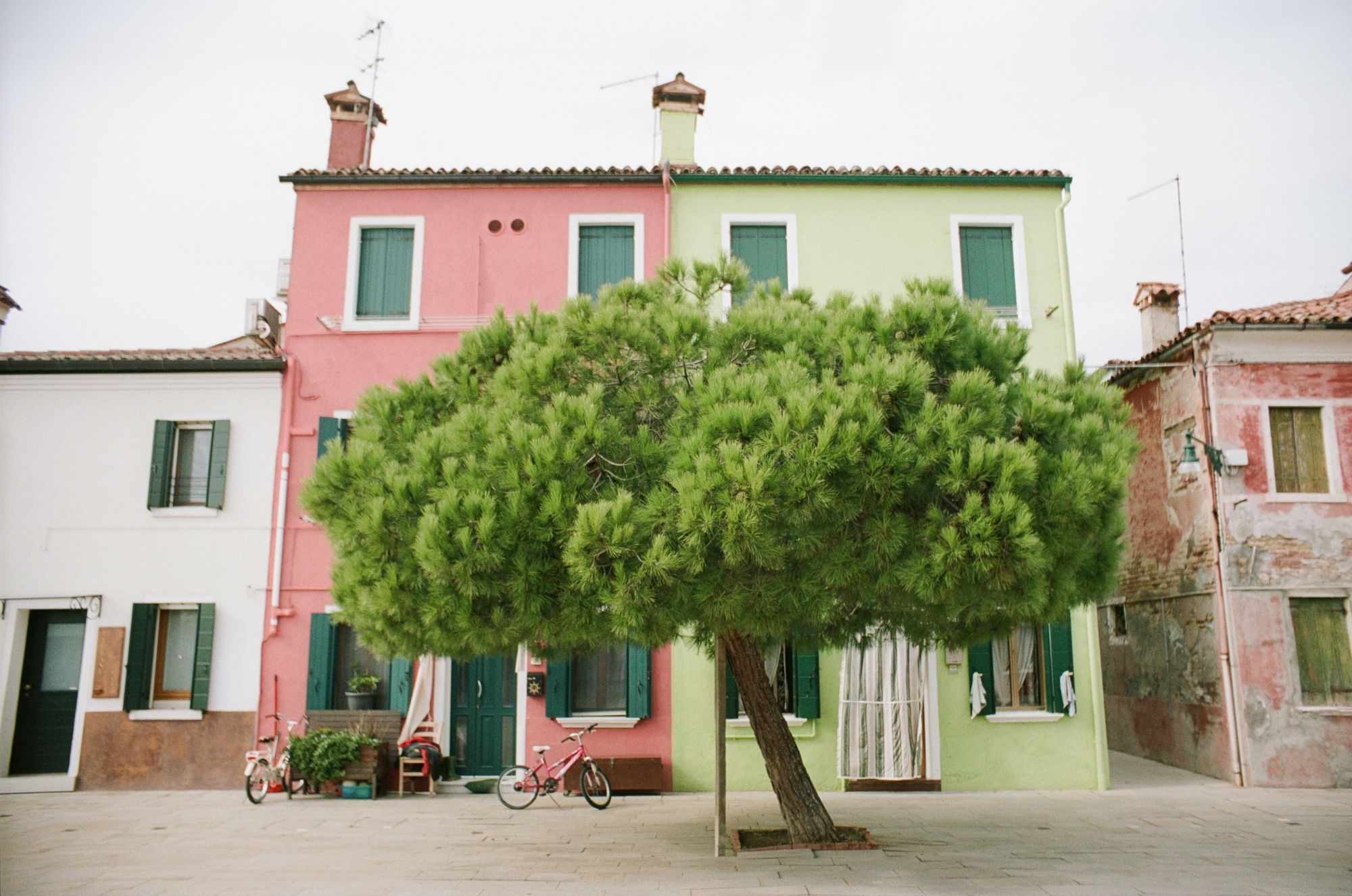
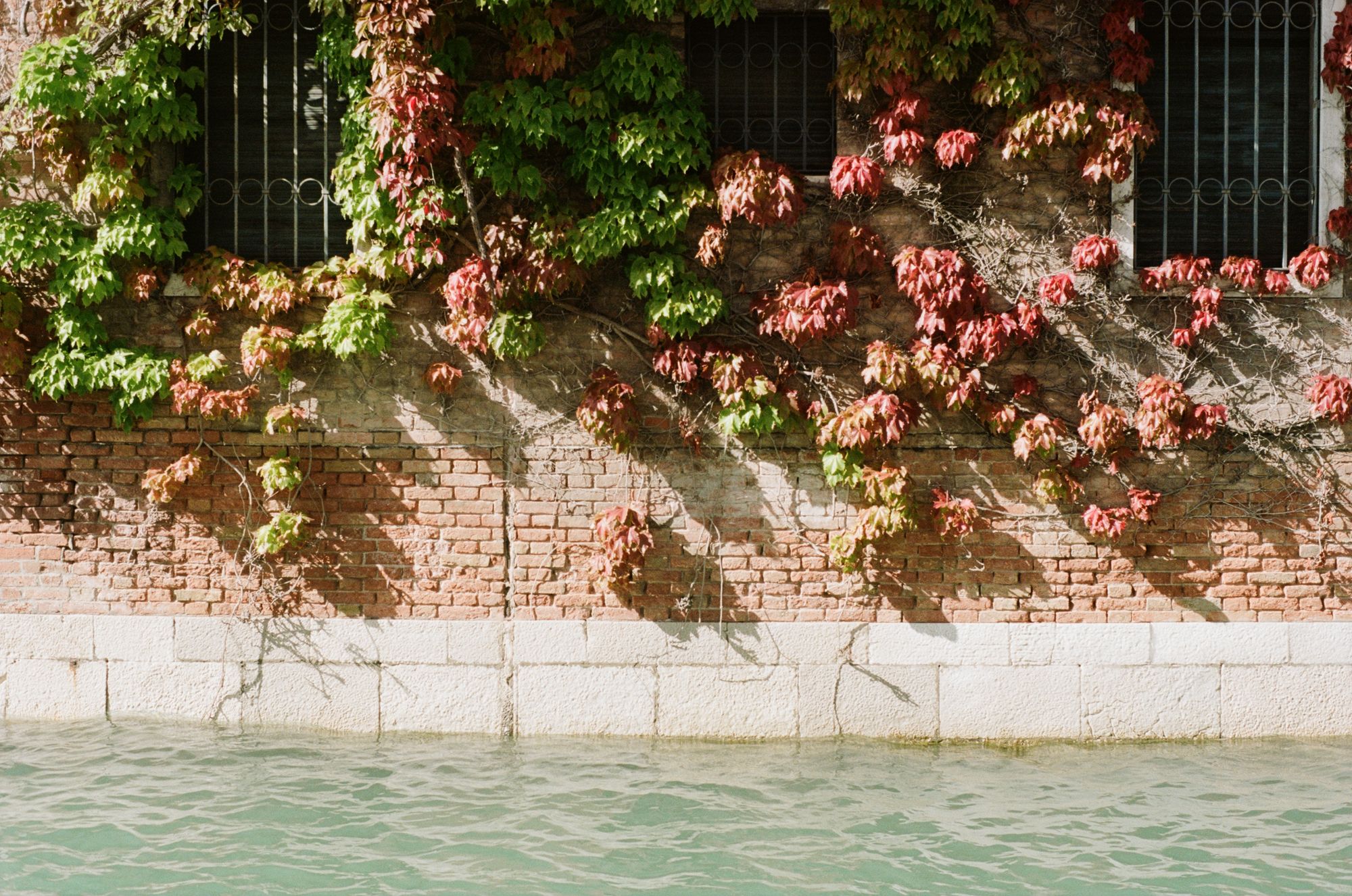
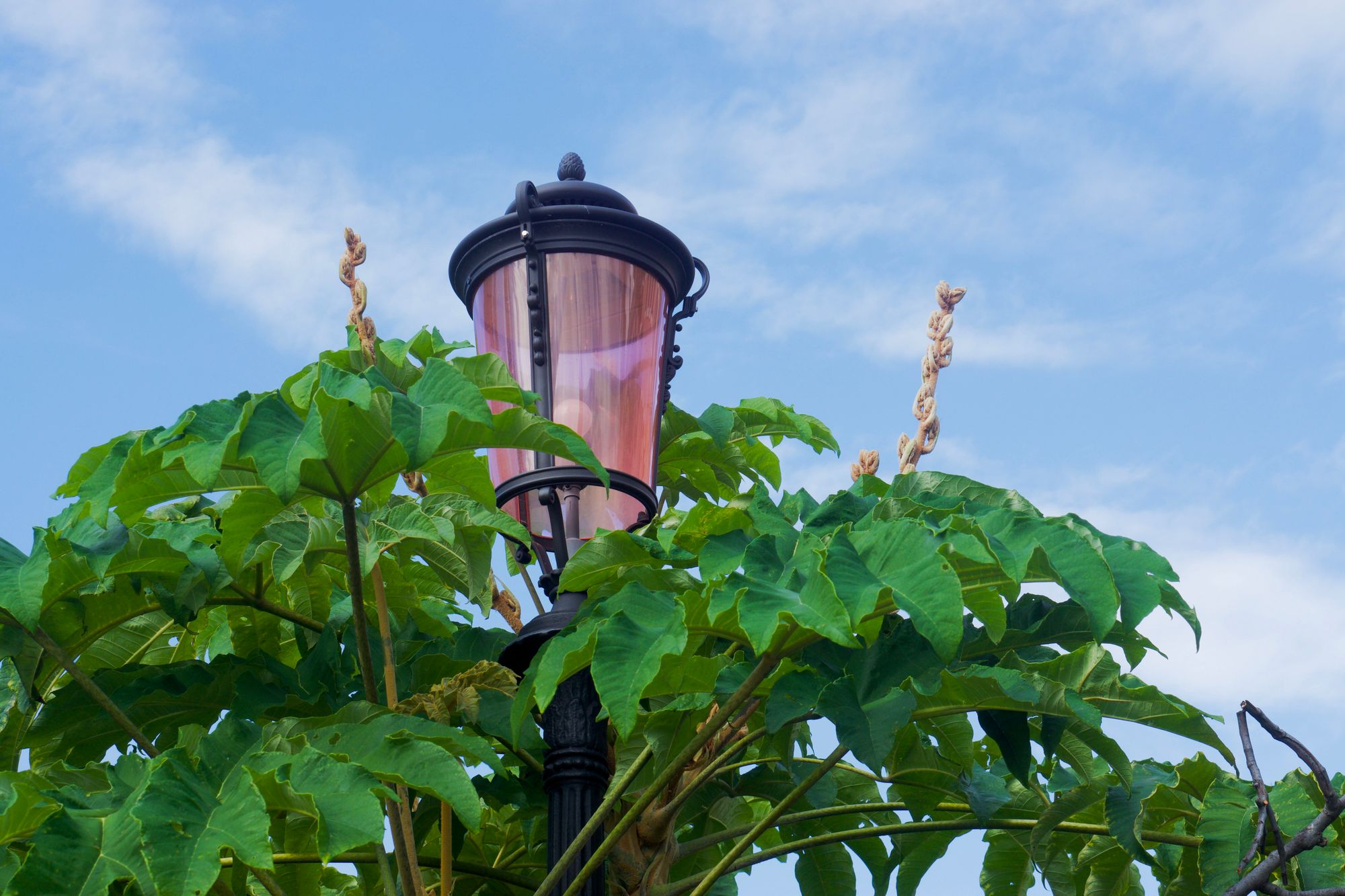
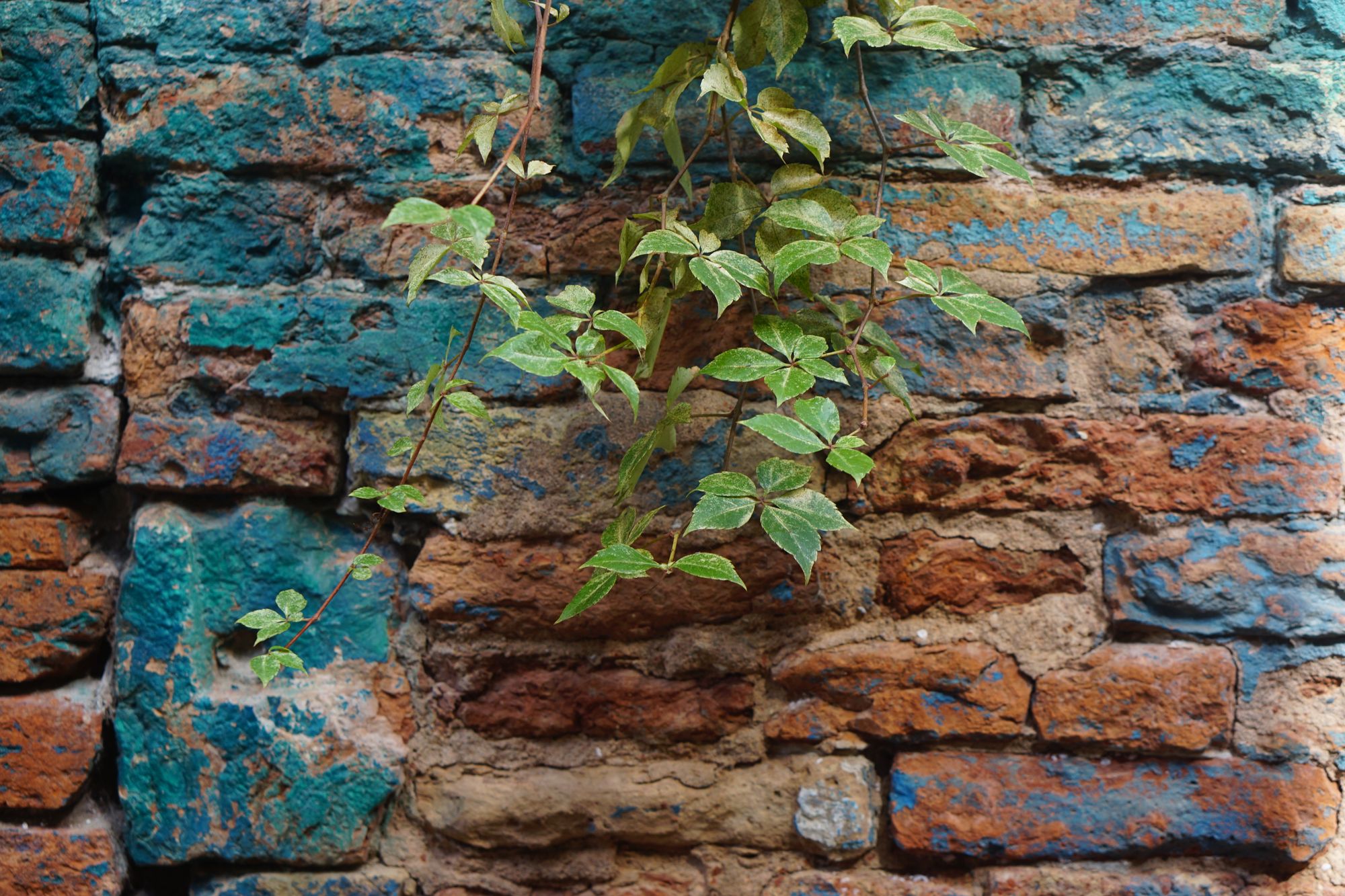
Every vista in Venice, almost every corner, tells a story. Of humans taking space from nature, of nature clawing the space back. Of growth and decay, of renewal and decline. Of a city sinking itself into the earth over millennia. Walking about it, one is bombarded by deep time. Is it any wonder people lose themselves here?
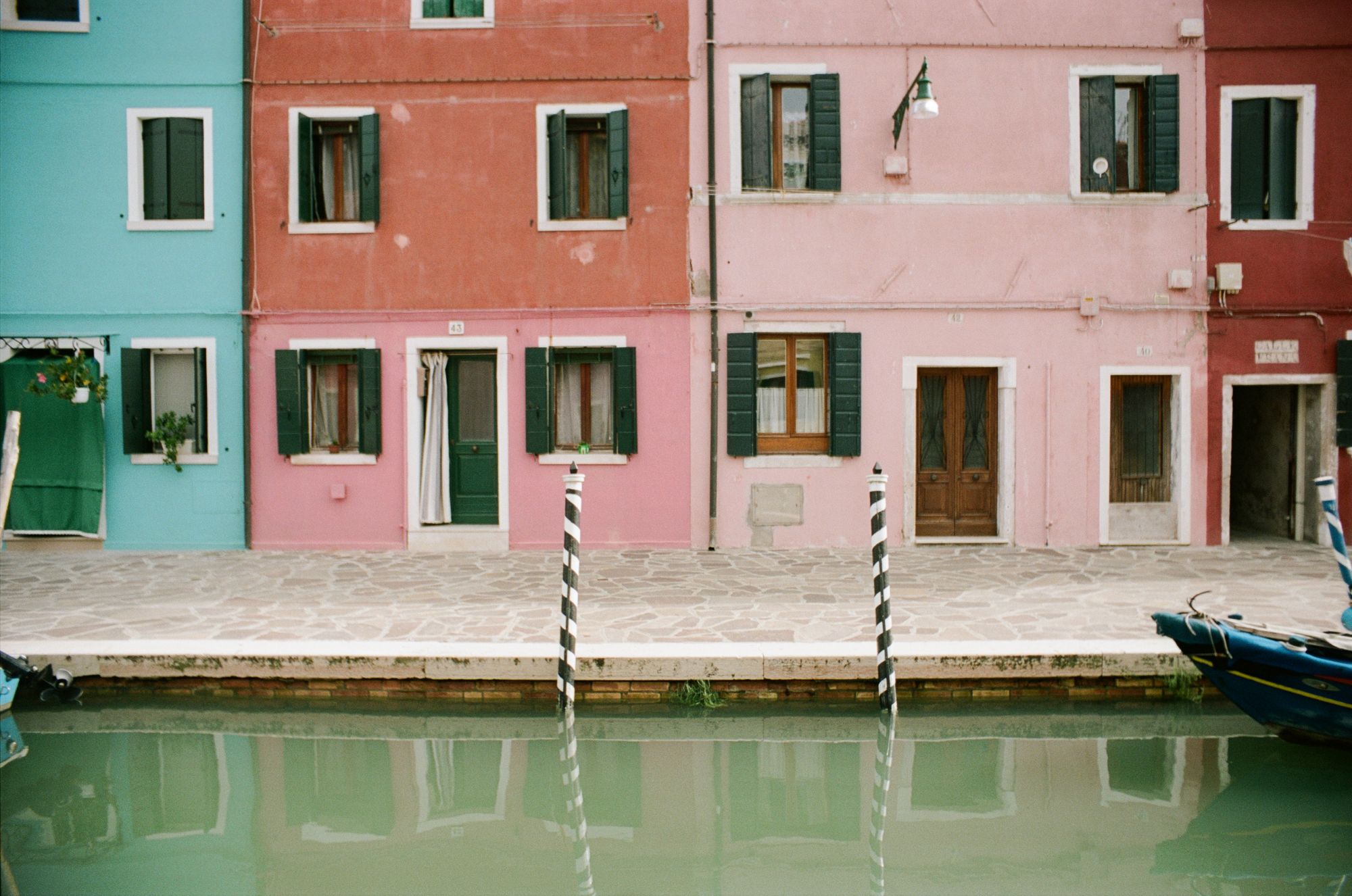
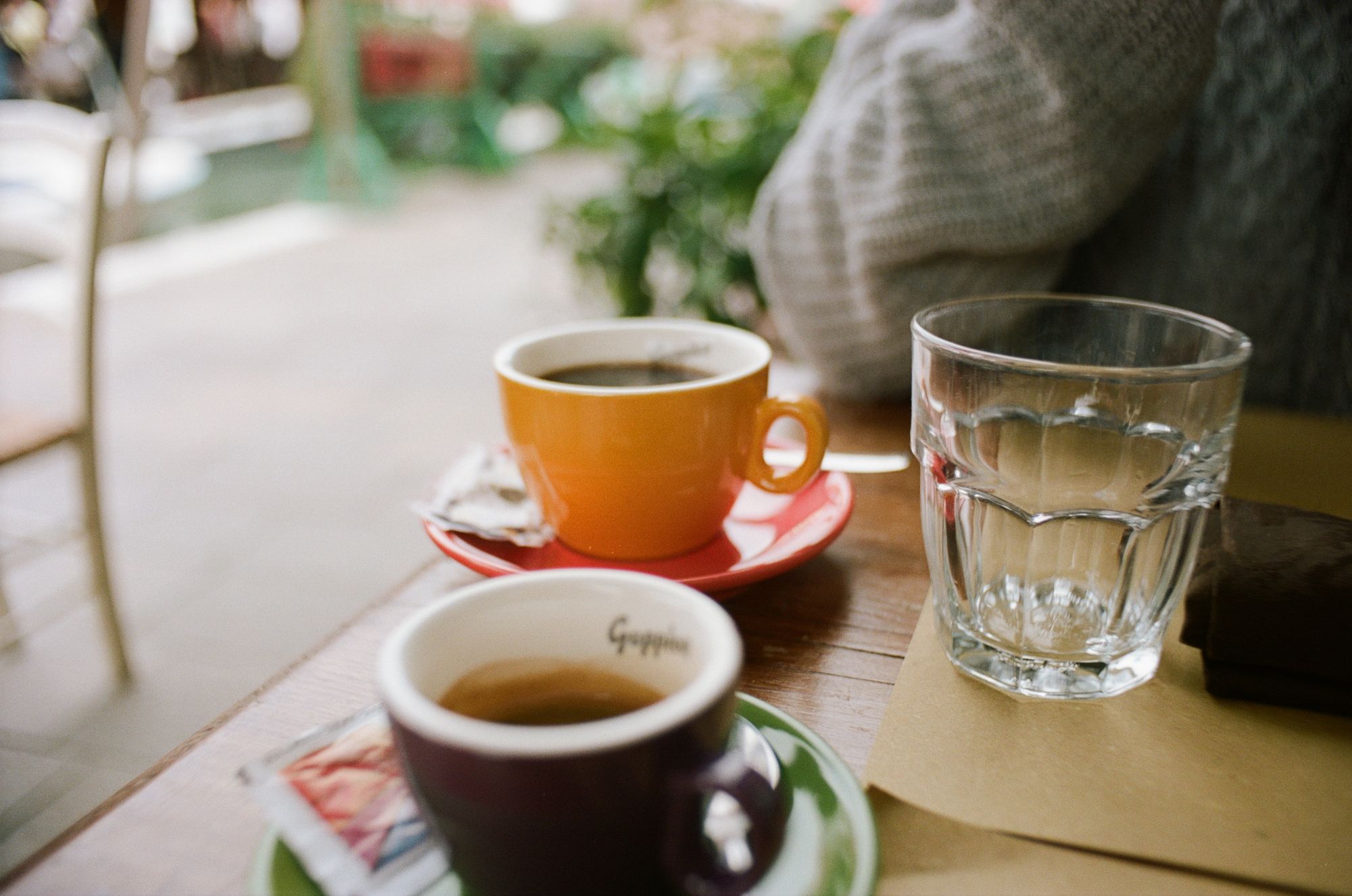
I think it was when we were in a lovely bar called Caffè Brasilia near San Marco, chugging an afternoon espresso (or maybe sipping a cocktail?) that the TV, which had been set to some kind of YouTube playlist, ticked over to a ukelele cover by the band Twenty-One Pilots of Can't Help Falling In Love. That's a song that's got some history behind it, by the way: recorded by Elvis in 1961, it's based on a much older ballad called Plaisir d'Amour from 1784. Compared to the uncomplicated and earnest statement of adoration in the 20th century version, the original song was the pained devastation of a jilted lover.
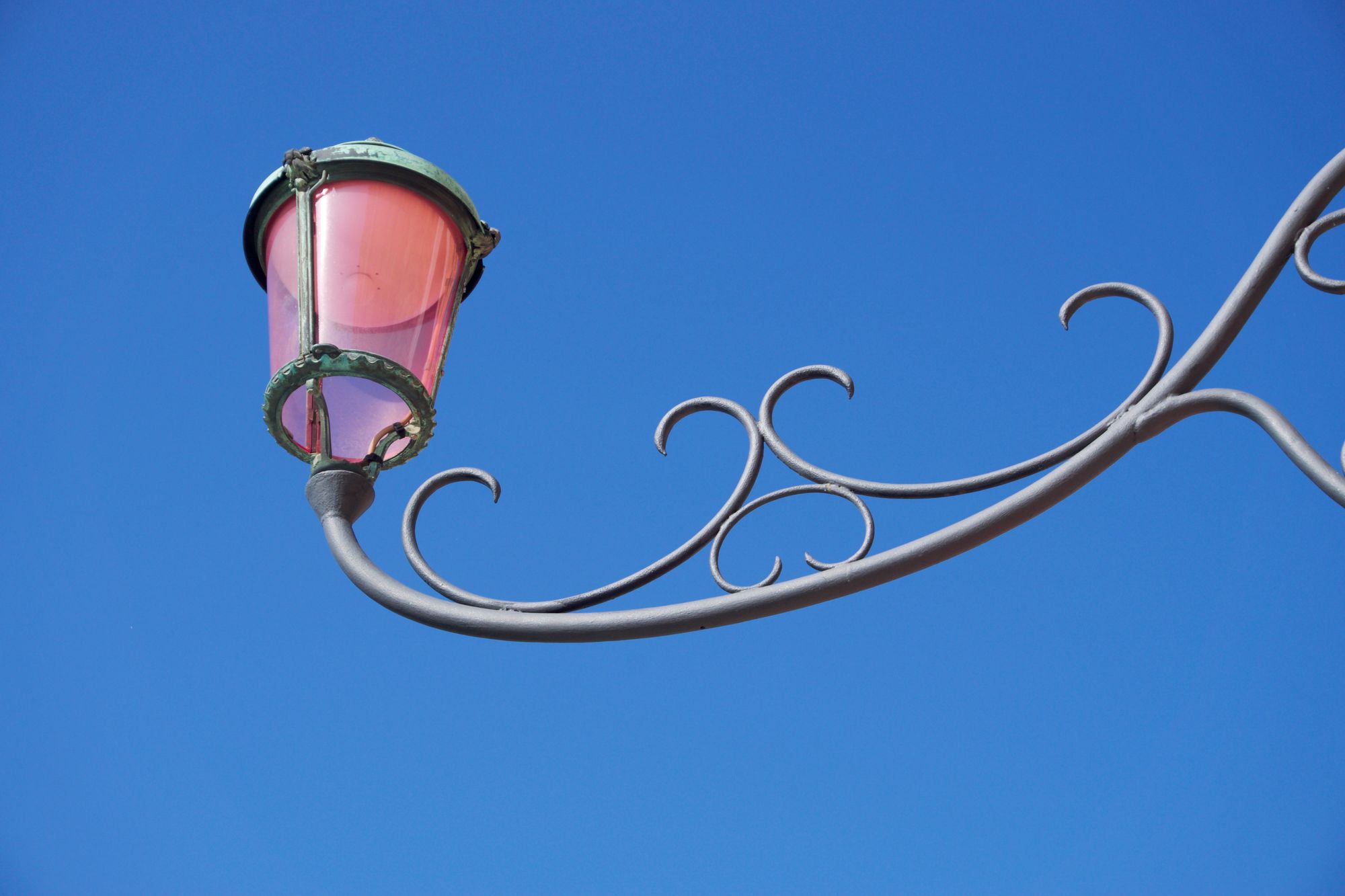
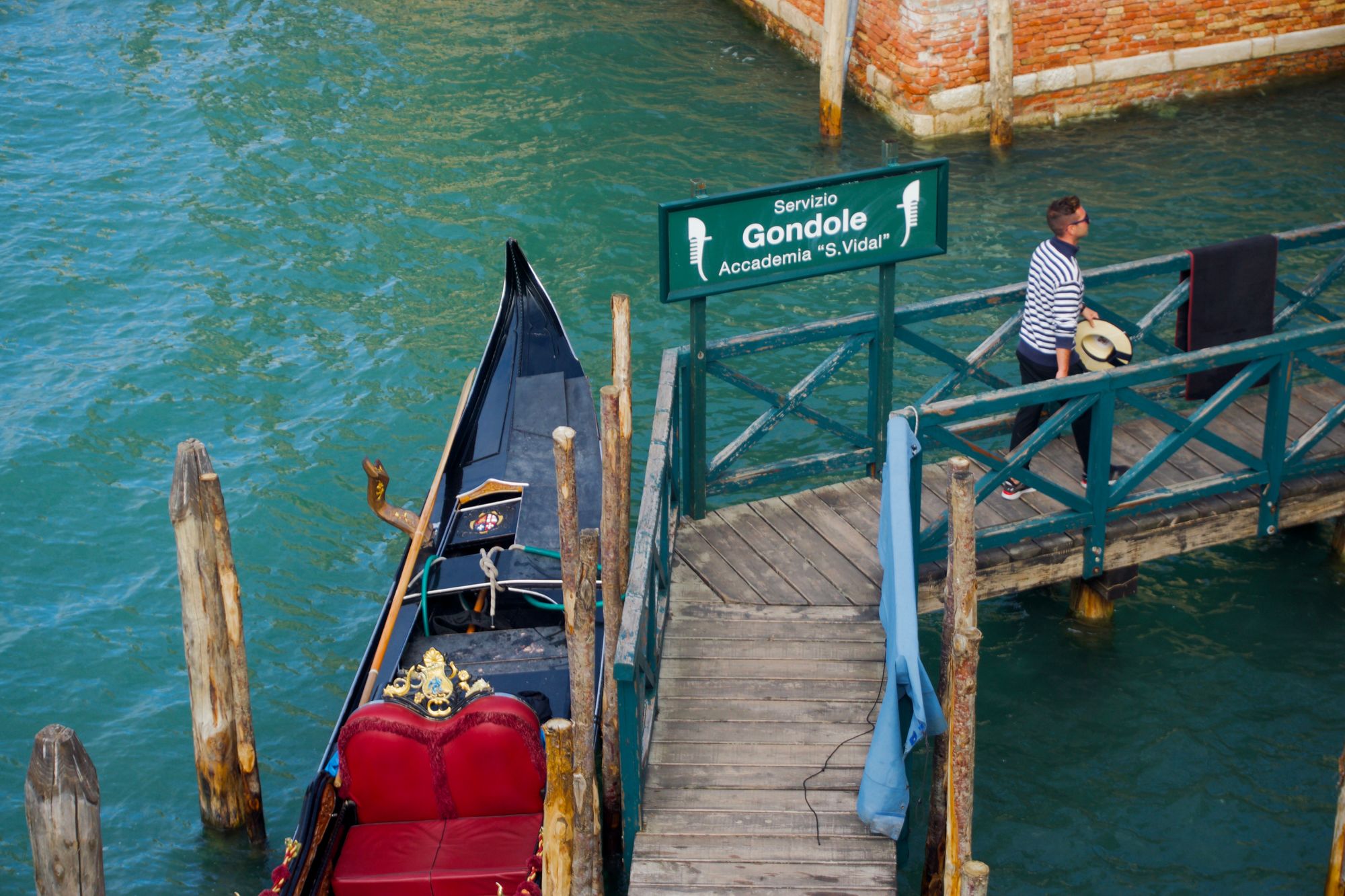
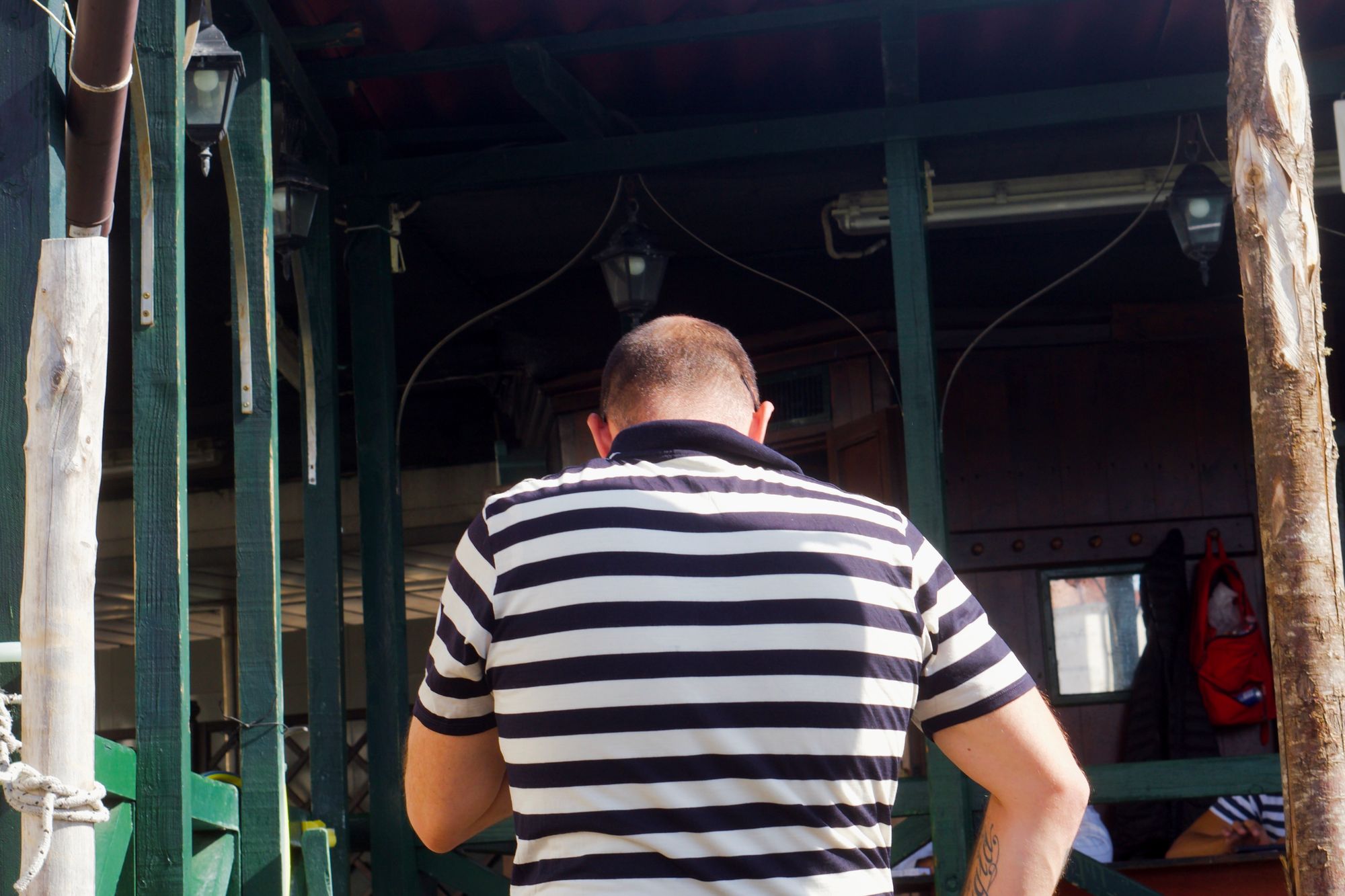
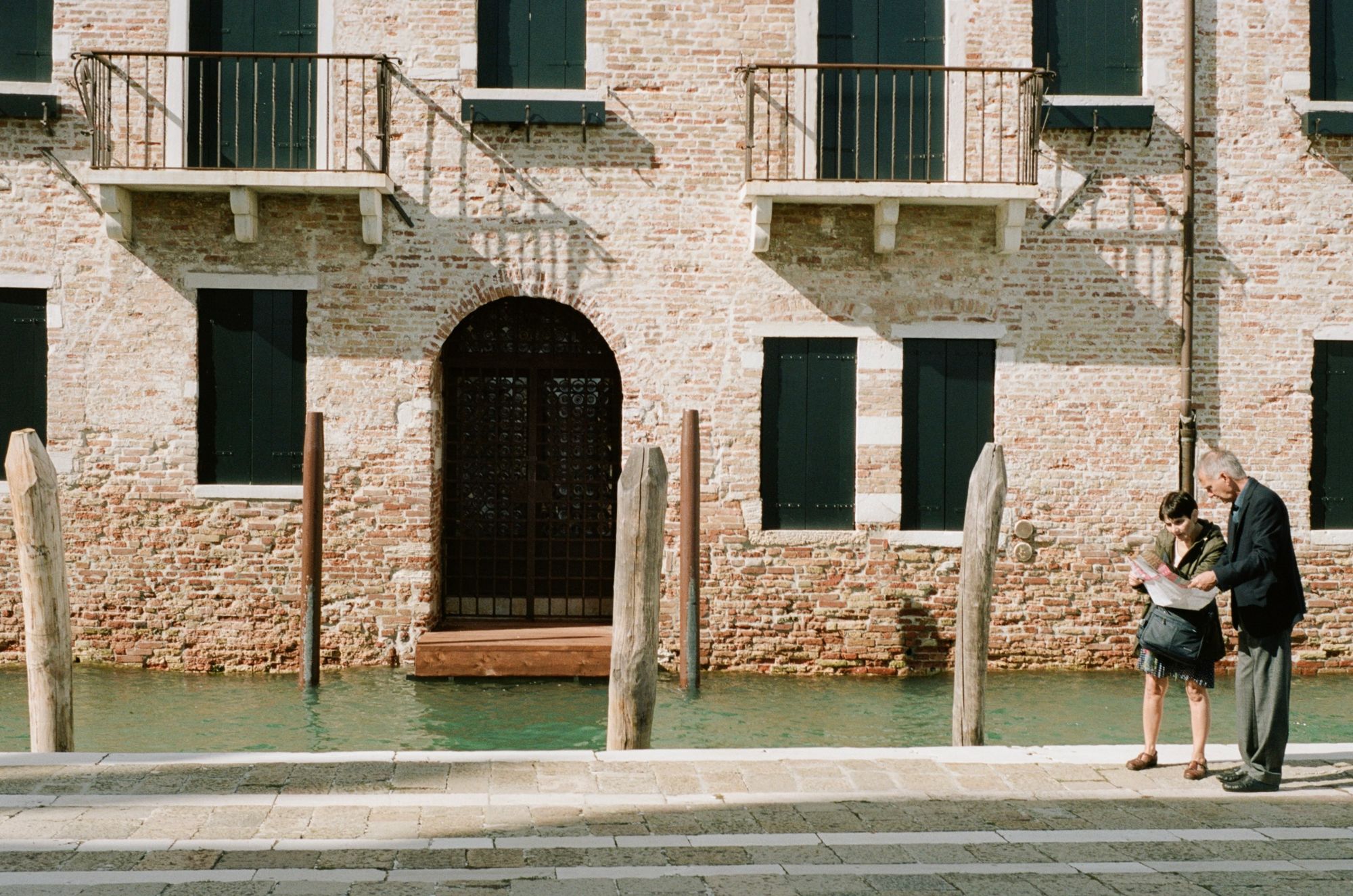
"The heartache of love lasts for all my life," says the 18th century ballad, composed at a time when Venetian Jews were still curfewed in the ghetto, and Venice's economy was entering a period of rapid decline. Shortly afterwards, it would embark on a military campaign to bombard some Tunisian cities in response to a diplomatic dispute over piracy. Little over a decade after that, the Venetian republic fell to Napoleon.
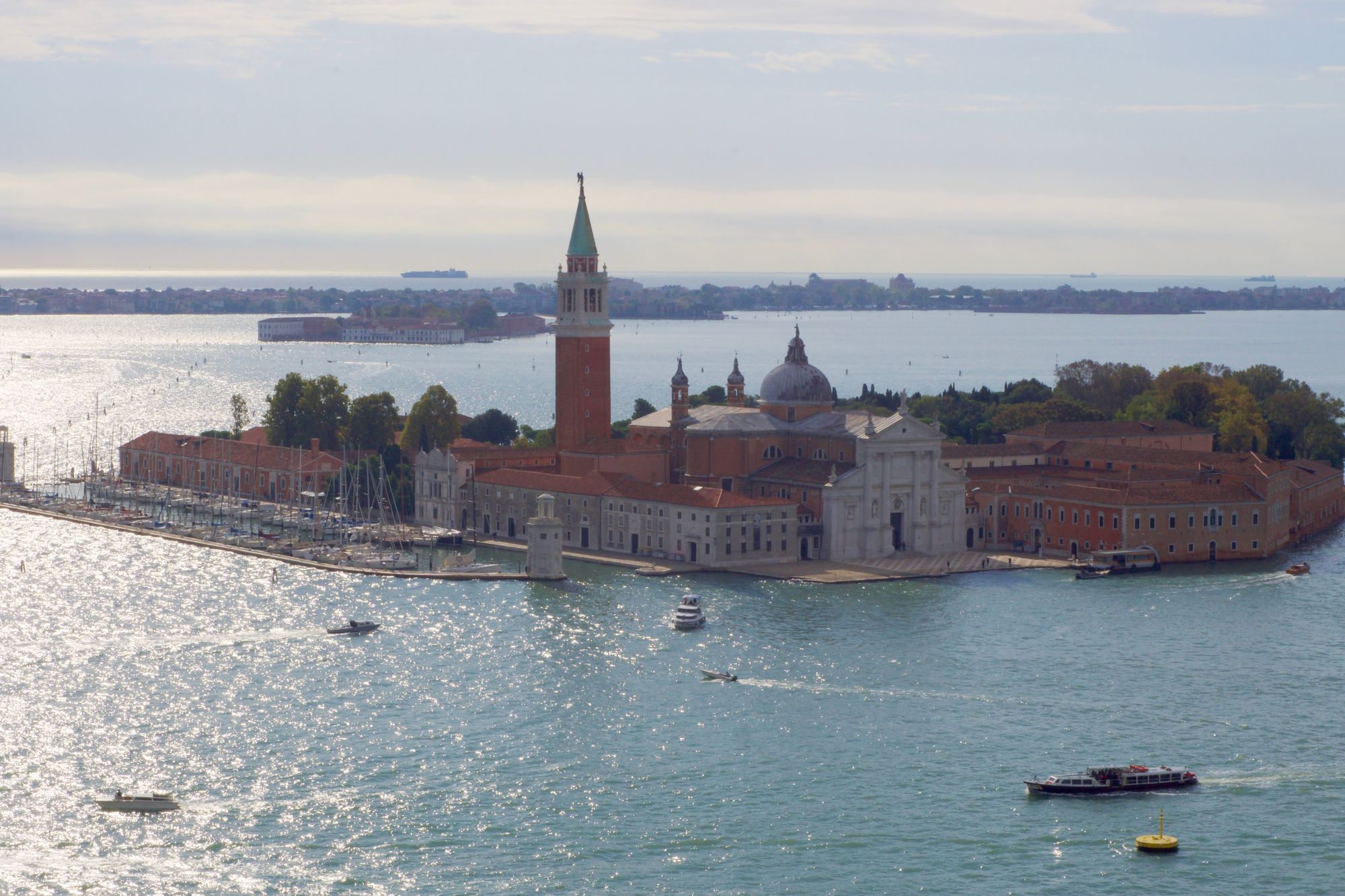
The image that comes to mind for many of Venice is of a sanitised resort, a place people go for romantic weekend getaways and for a selfie in front of the Bridge of Sighs and champagne dinner with soppy love songs (Venice repeatedly tops lists of the world's most romantic cities.) This was probably what made me reluctant to go.
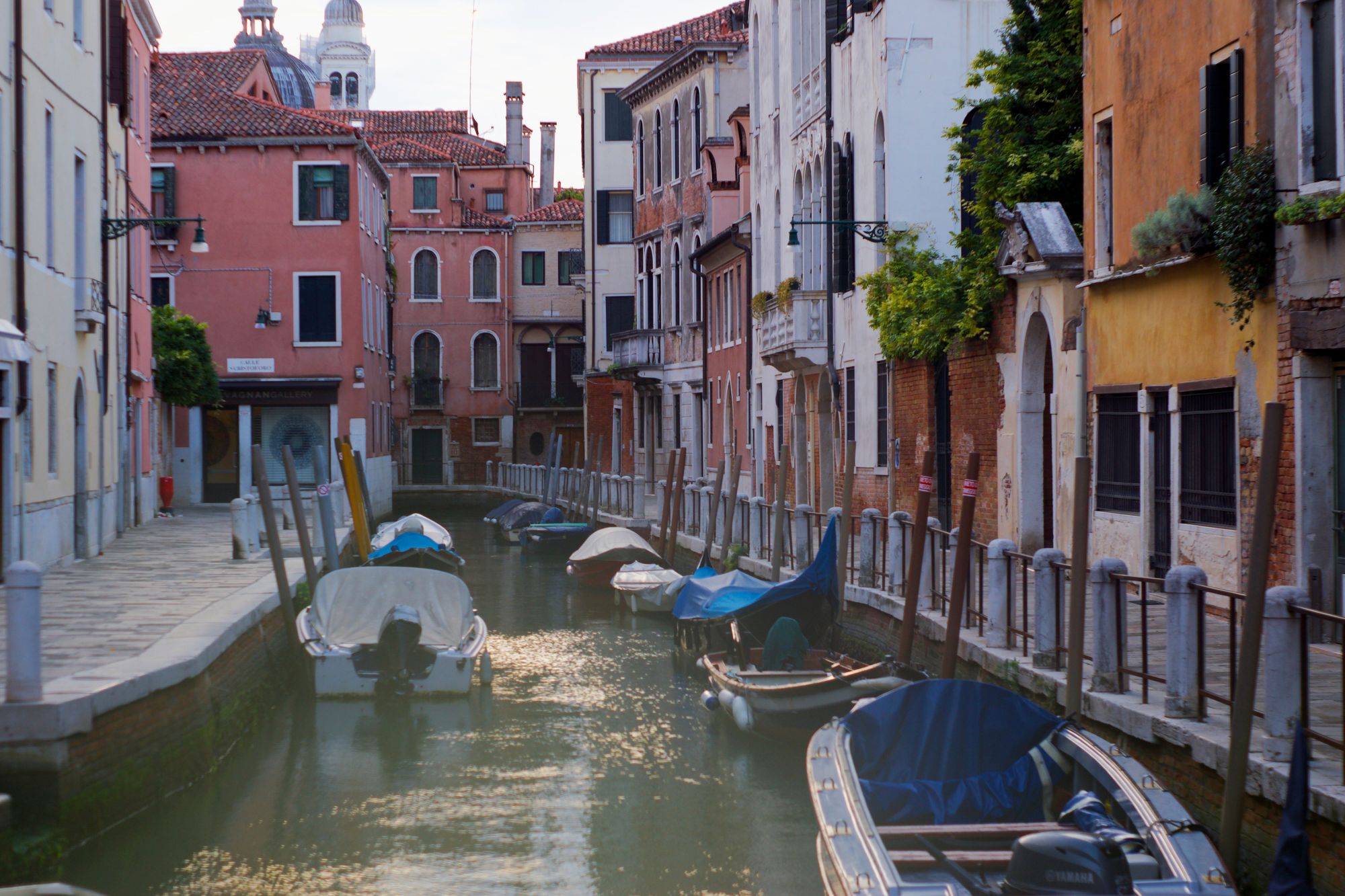
And it's true that the Venice of today is a far cry from the empire-in-all-but-name it has been in the past. But so is everywhere. The layers of history, the pock-marks and wrinkles, are what makes a place interesting—and Venice wears its wrinkles without an iota of fuss. It is still alive. It's popular with tourists not because it sets out to be a Valentine's Day theme park, but because it is utterly unlike anywhere else, and will continue to be so for as long as it's there. (With rising sea levels and ever more frequent acqua alta events, who knows how long that will be.)
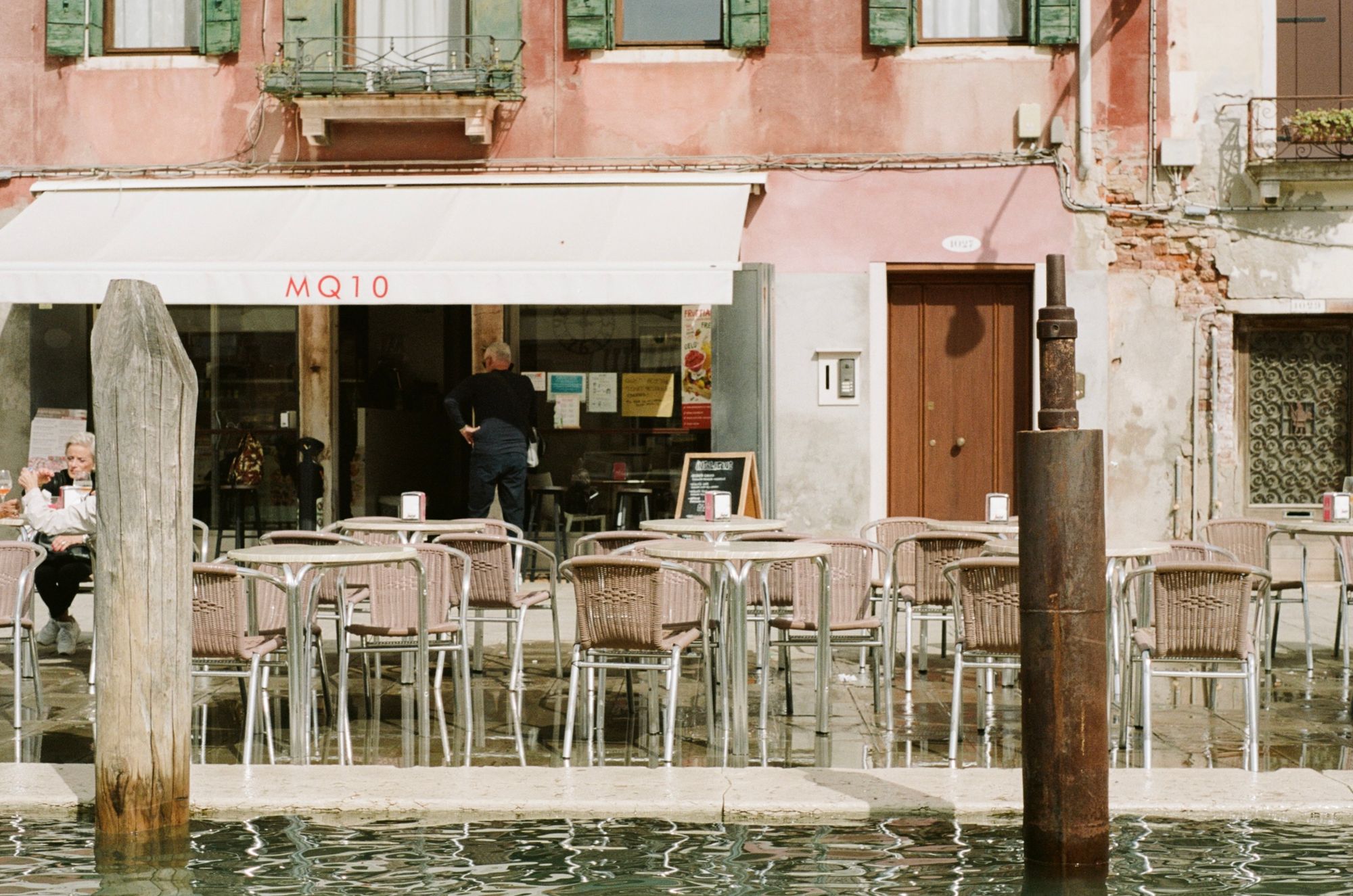
Venice is a unique and precious place. Like the song said—and like so many others—I couldn't help falling in love. And I'll be back.
